Pavilions & Gazebos As You've Never Seen Them Before
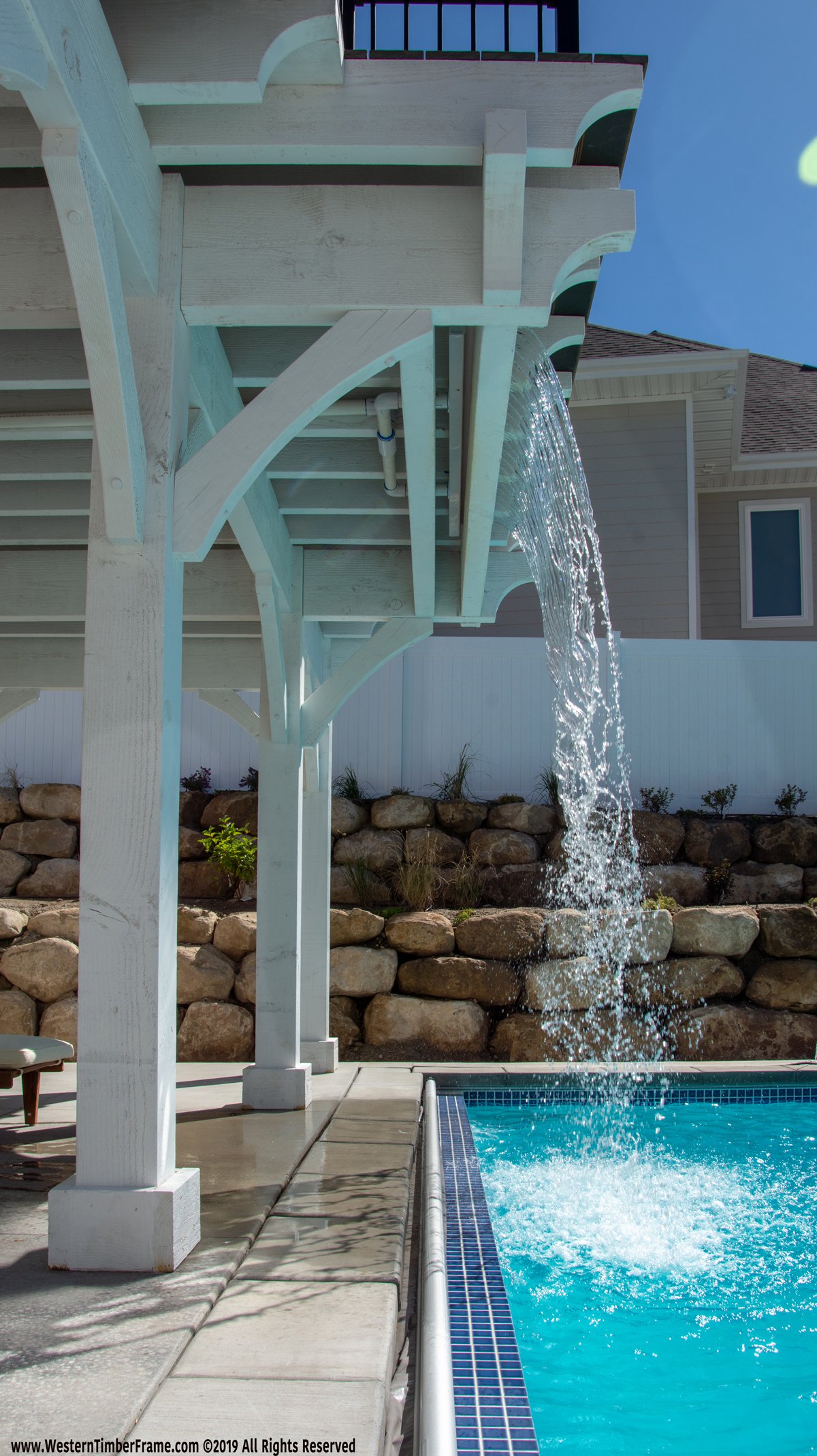
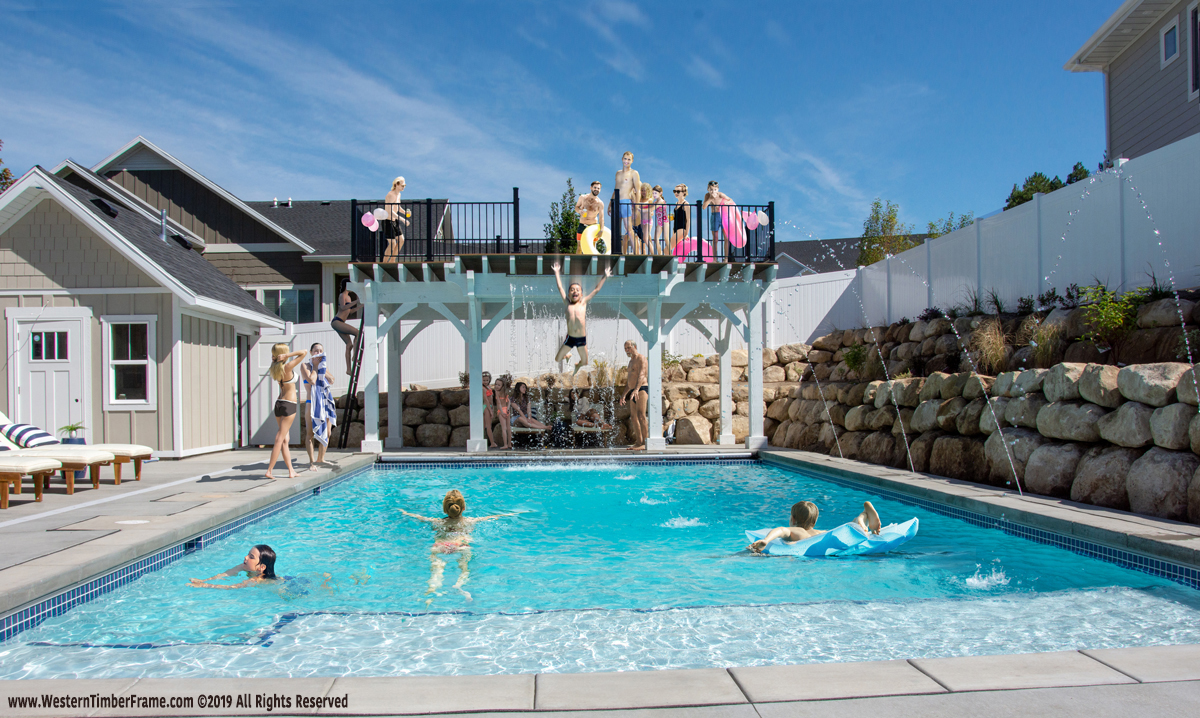
All-in-one ShadeScape® pavilion kit featuring an upper deck, metal railings, a diving platform, and a built-in waterfall for swimming poolside shade, and extra entertainment space.
Throughout history, gazebos, pavilions, and pergolas have served multi-purposes, beautifully, culturally, fascinatingly, symbolically, as well as spiritually.
Today, most architectural shade shelters erected in the United States primarily are built to protect valuables, expand business space, give shade for outdoor living, and recreation.
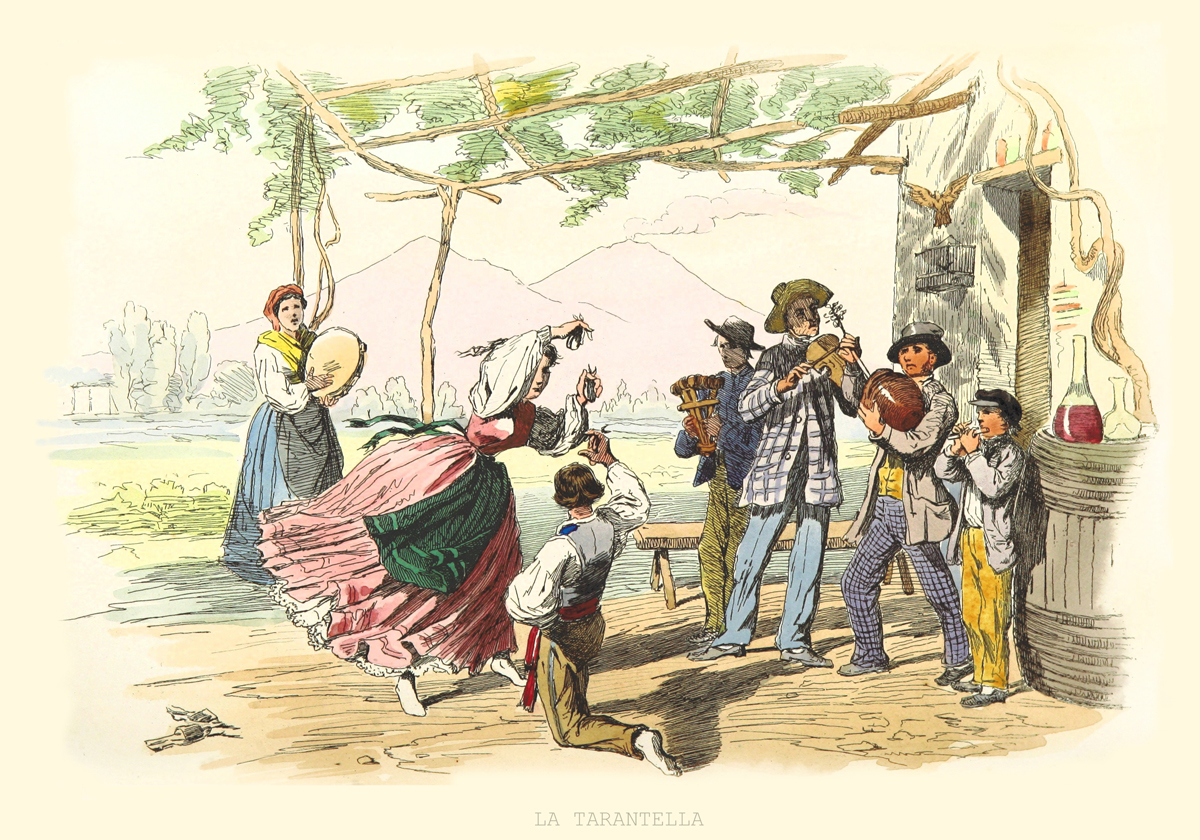
1853 Artist Dulclere Cuncinotta Dancing Tarantella Beneath a Pergola
Explore pavilions and gazebos from cultures around the globe, throughout the ages, as well as one designed for the future. From gazebos made of pure gold to pavilions covered in priceless ancient gems and ancient porcelain pots; you may never look at pavilions and gazebos quite the same again.
21st Century Commerical, Residential, and Recreational Shade Shelters
The majority of our arbors, gazebos, pavilions, and pergolas are for outdoor living areas. An example of this is the ShadeScape® pavilion kit installed for the Sanders family, featuring a built-in waterfall.
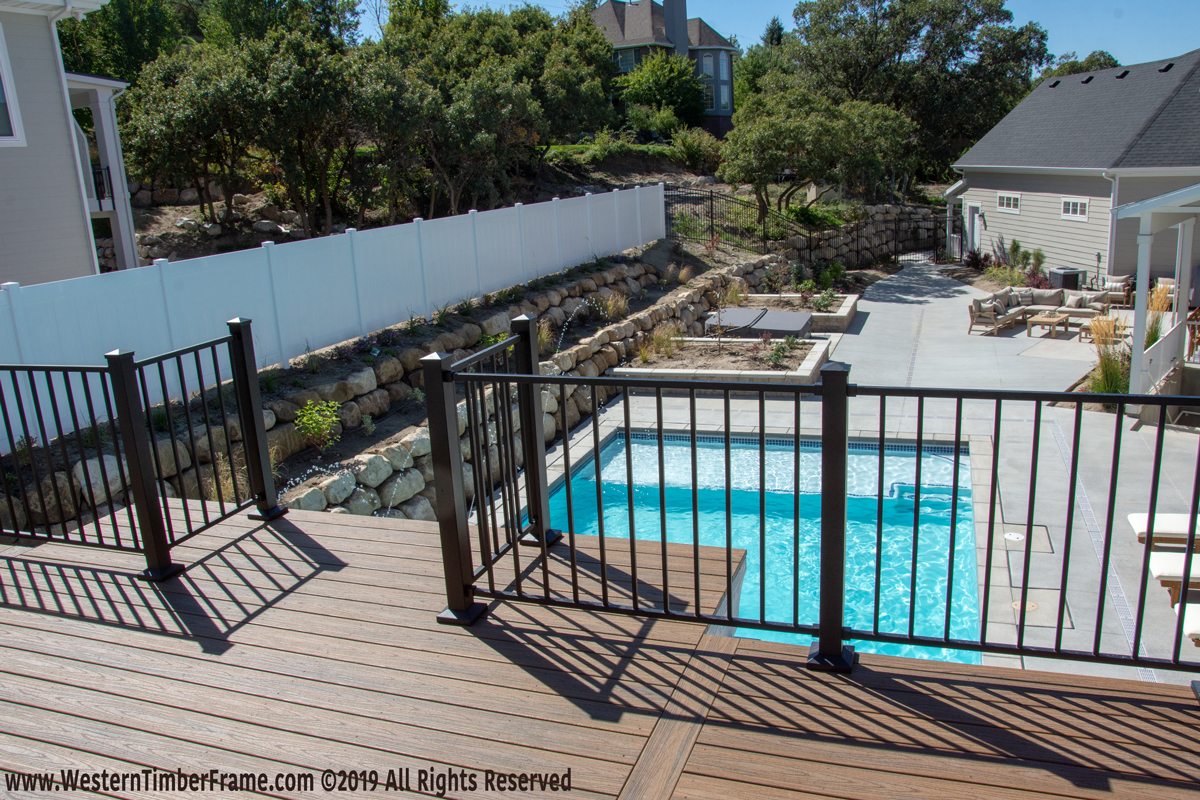
View from the upper deck of the timber frame ShadeScape® pavilion kit with a diving platform over the waterfall.
Their pavilion roof overhead doubles as an upper deck for extra entertainment space. It also has a diving platform to dive into the swimming pool below.
For the Sanders, a ShadeScape® pavilion gives them quality, face-to-face time with family and friends.
On the other hand, this commercial ShadeScape® pergola kit provides extra space and an outdoor atmosphere to dine in.
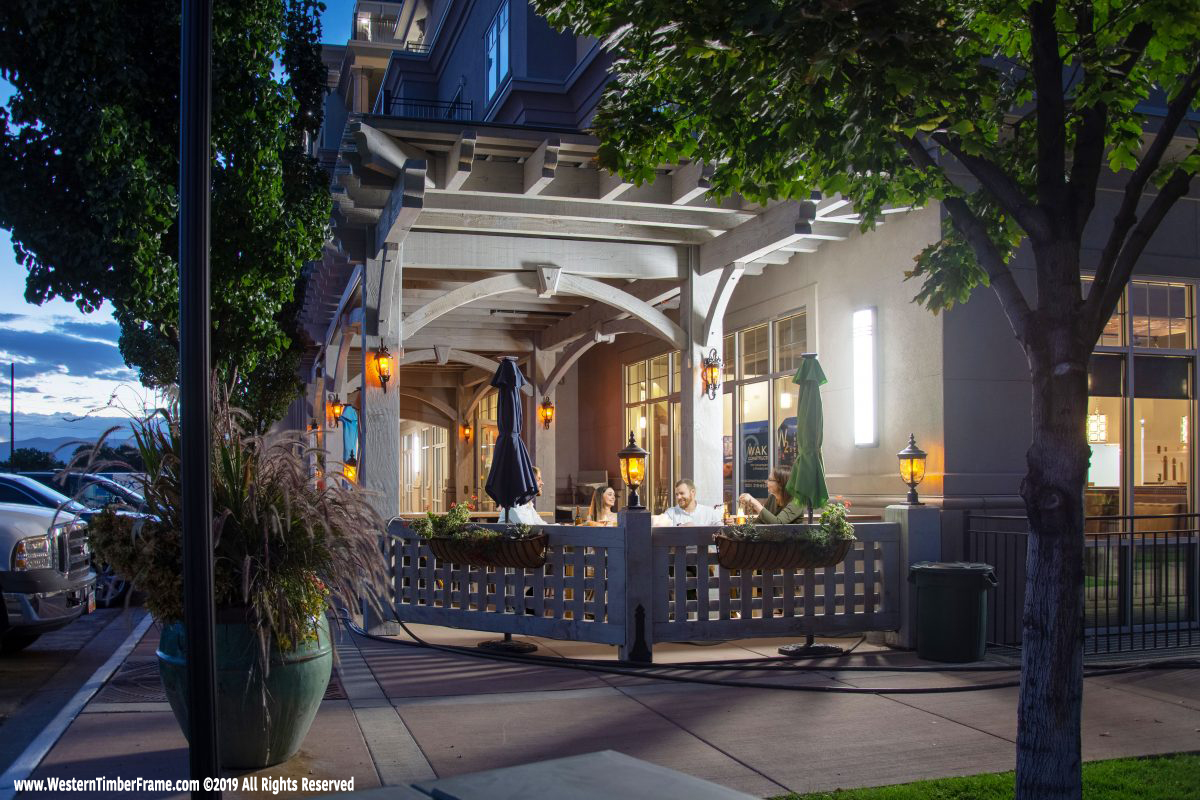
ShadeScape® #PergolaKit w/ #IntegratedOutdoorPower and Lighting with #TrellisFence
 "I wanted to have one of the best alfresco dining places of any I have seen in the State. I needed a great structure and we have it. The guys showed up to install. They started at six o’clock that morning and at seven o’clock that night, this structure was up and done. That’s amazing! Vaya!” – Jim Leany, Tru Religion Pancake & Steakhouse
"I wanted to have one of the best alfresco dining places of any I have seen in the State. I needed a great structure and we have it. The guys showed up to install. They started at six o’clock that morning and at seven o’clock that night, this structure was up and done. That’s amazing! Vaya!” – Jim Leany, Tru Religion Pancake & Steakhouse
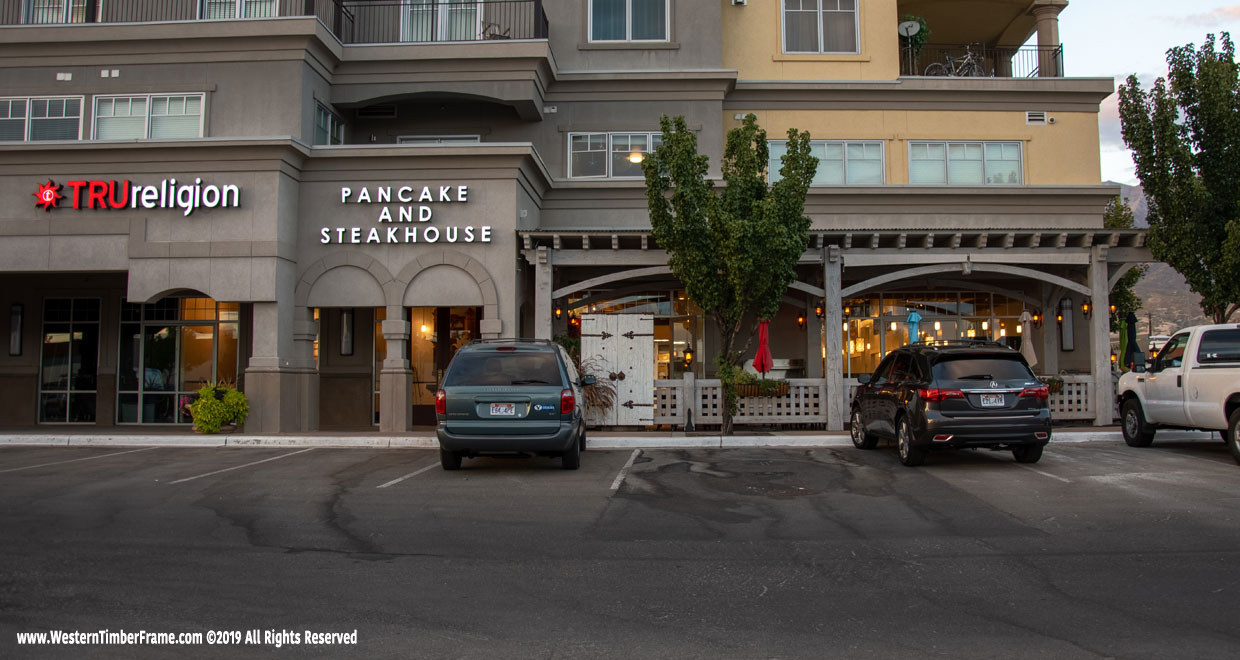
#OutdoorDiningShade w ShadeScape® #PergolaKit
For the Tru Religion Pancake & Steakhouse, this means good business, pleasing his guests with dining alfresno style.
As for us, at Western Timber Frame™ we are building more than shade shelters. We believe we are helping to bring people and communities closer together and reinstill the American "front porch" way of life, where neighbors know and help one another.
These shade shelters are also engineered and designed to last! We envision their great-grandchildren's grandchildren enjoying the benefits of outdoor living in a timeless ShadeScape® thier ancestors built for them.
Symbolisms and Shaping of Shade Shelters
For others, these coverings are more than a service framework or place to play. There are many customs and faiths in which some include an altar, arbor, gazebo, pavilion, pergola, or trellises as part of their way of life.
Some shade shelters represent a heartfelt conviction, a holy place worthy of awe and respect, a garden place, a sanctuary, a temple.
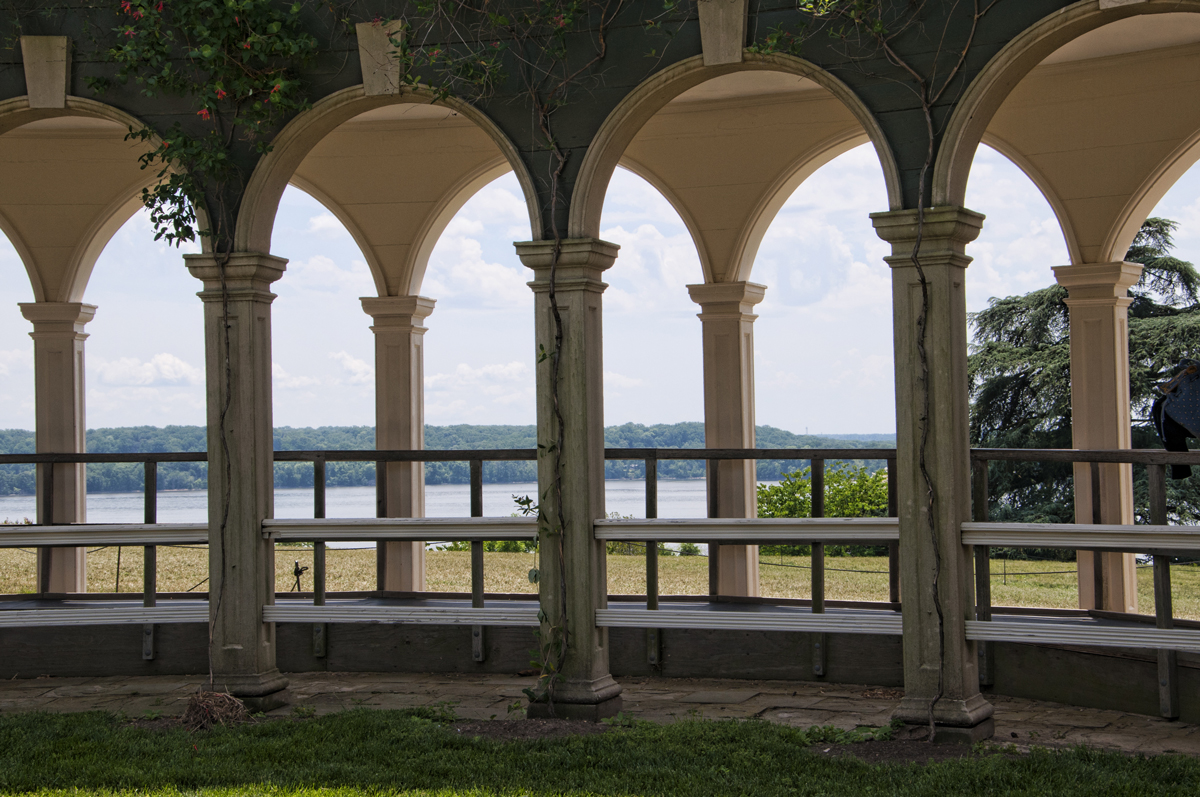
#MountVernonPavilions, Home of America's First President George Washington
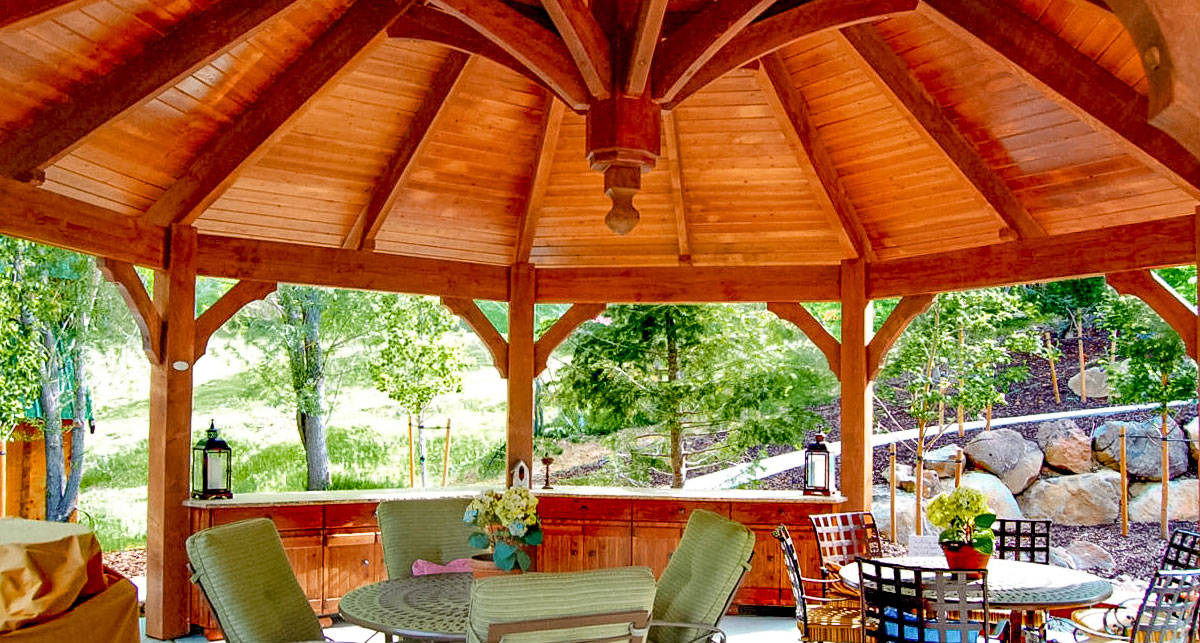
ShadeScape® #GazeboKit w/Built-in #OutdoorCabinets
The shape, design, and formation of a structure; its antefixes, and concepts can also carry significant meanings for many cultures; such as the domed roof.
Domed roofs, portals, towers, and colonnades have been long associated with the symbology of power or heaven, a reflection of a cosmic canopy.
"Dome" stems from Latin or ancient Greek, domus, or Domus Dei, meaning "House of God."
Domed roofs can be seen in homes, palaces, religious edifices, and government structures in civilizations all over the world.
The shape, design, material, place, and purpose of the shelter are factors playing a fascinating role in how these unique works of architectural art are perceived, serve, and symbolize.
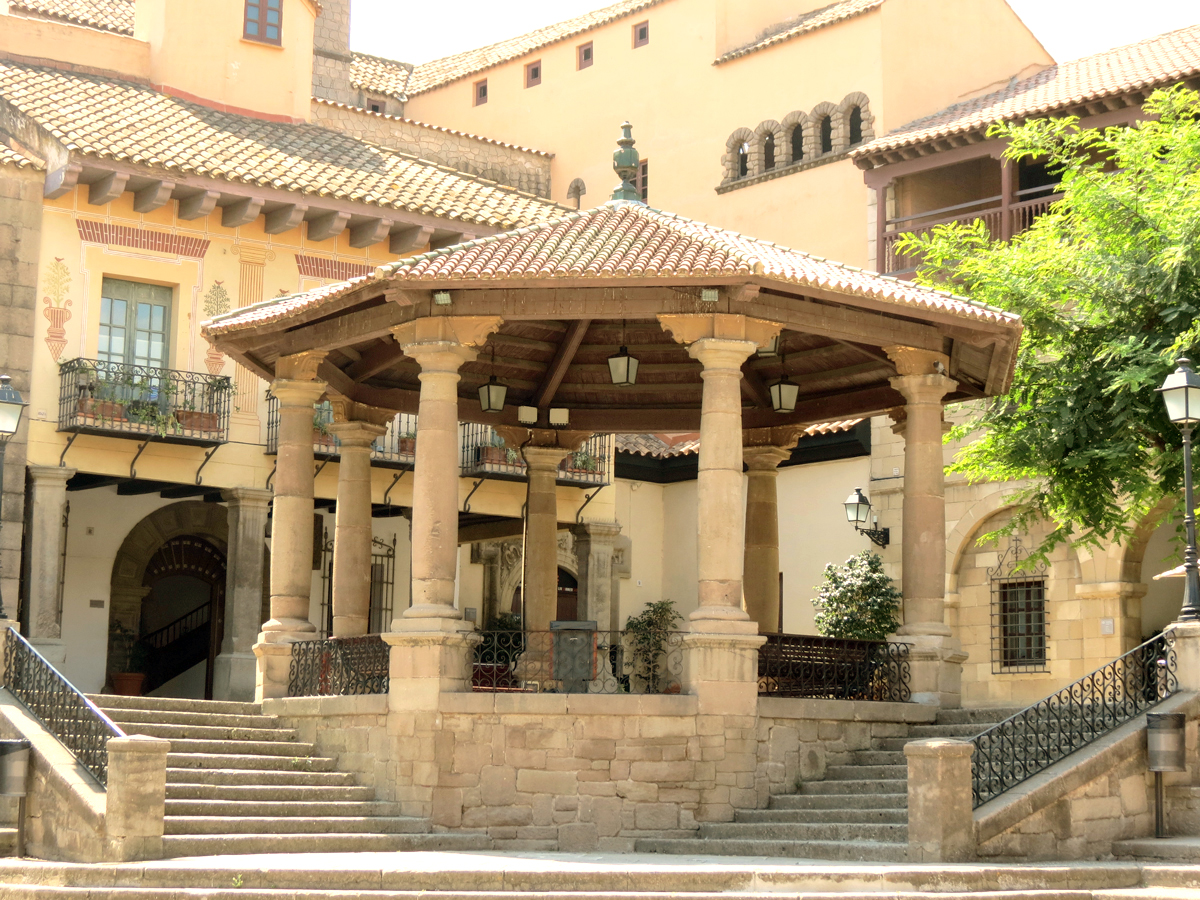
Gazebo in Barcelona Catalonia Spain
To illustrate, a Jewish couple, the chuppah, (aka Chuppa, Chupah, Chipe, or Huppah) a canopy supported by four posts, is not merely constituted ideas attached to an object. The chuppah emblematizes the sacred and holy creation of a new house, a blueprint patterned after the early Hebrew patriarchs.
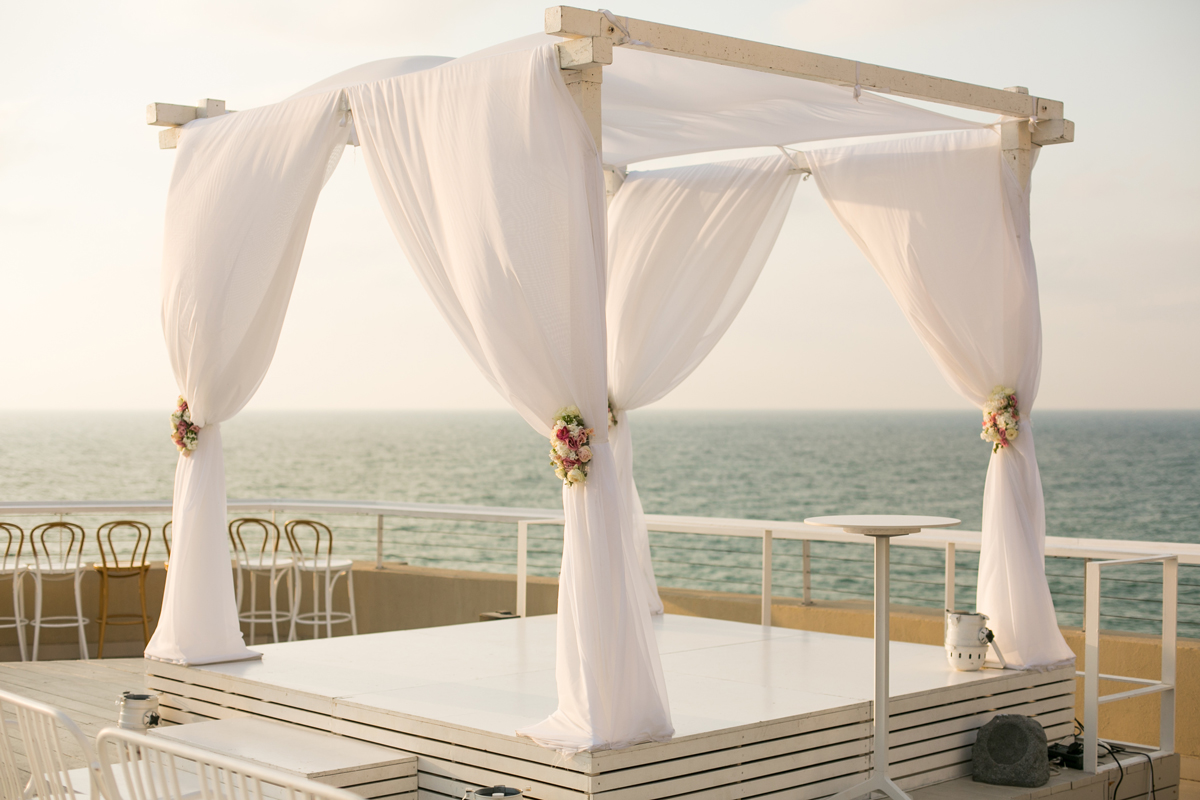
Enjoy a journey through time and across the globe to learn some of the history, places, significance, and practices utilizing of pavilions, pergolas, and gazebos.
Culture, History, and Symbolism of Pavilions, Pergolas, and Gazebos Around the World
Pure Gold Gazebos
The Darbar Sahib, also known as the Harmandar Sahib is called the Golden Temple in English because the top of the temple is made entirely of pure gold. It is topped with pure gold gazebos and is one of the holiest sites in India.
Similar to a pavilion, the Golden Temple is entered from four sides to show acceptance and openness. A manmade lake surrounds the temple and you literally have to walk on water to get to the temple.

The Golden Temple with Golden Gazebos
India, together with China, forms the oldest cohesive countries in the world, dating back thousands of years. The advantage of being an ancient country is the traditions and practices that are still a part of their culture.
Close to 500-years-ago, there was a Guru Sikh who believed that there should be a place where everyone, regardless of your gender, social status, nationality, religious beliefs, or any other biases. Everyone should be able to sit on the ground together, as equals and eat the same food.
The Golden Temple has the world’s largest free kitchen called the langar. The langer feeds on average 50,000 to 100,000 people a day, and up to 200,000 on special religious events and festival days. It has the capacity to feed up to 300,000 people.
The free kitchen never closes, even late at night people will come for a meal. All of the food is donated by the faithful.
If you are ever touring there, it is a temple and so you can not wear your shoes inside. The head has to be covered with a scarf and your feet washed before entering. Travelers say it is an amazing experience, and the view from the roof-top gardens beneath the golden gazebos is beautiful!
Native American Chickee Houses
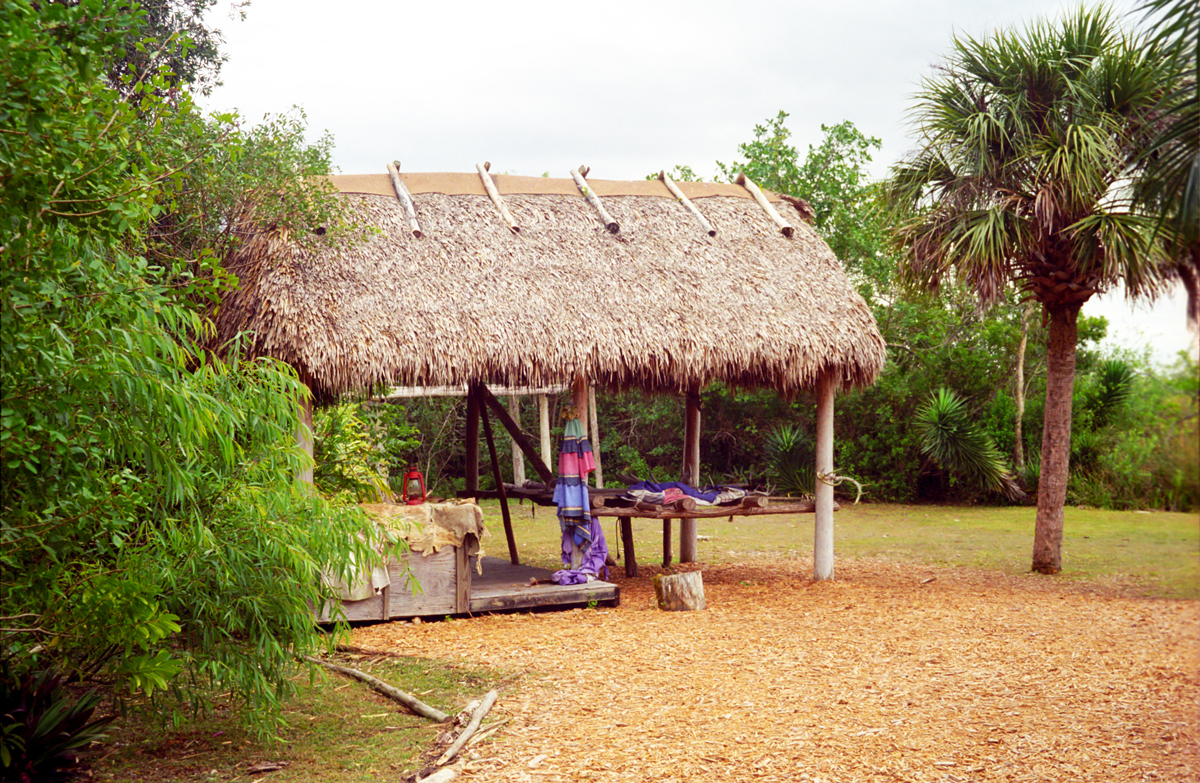
Native American Indians of the Seminole tribes living mainly in Florida built Chickee houses with thick posts supporting a thatched roof. These stilt houses did not have walls or permanent coverings. If it rained they hang hide tarps to keep dry. In the main, the sides of the Chickee hut was left open. They did have platforms or raised floors to keep out unwanted creatures.
Mudejar Style Kiosk
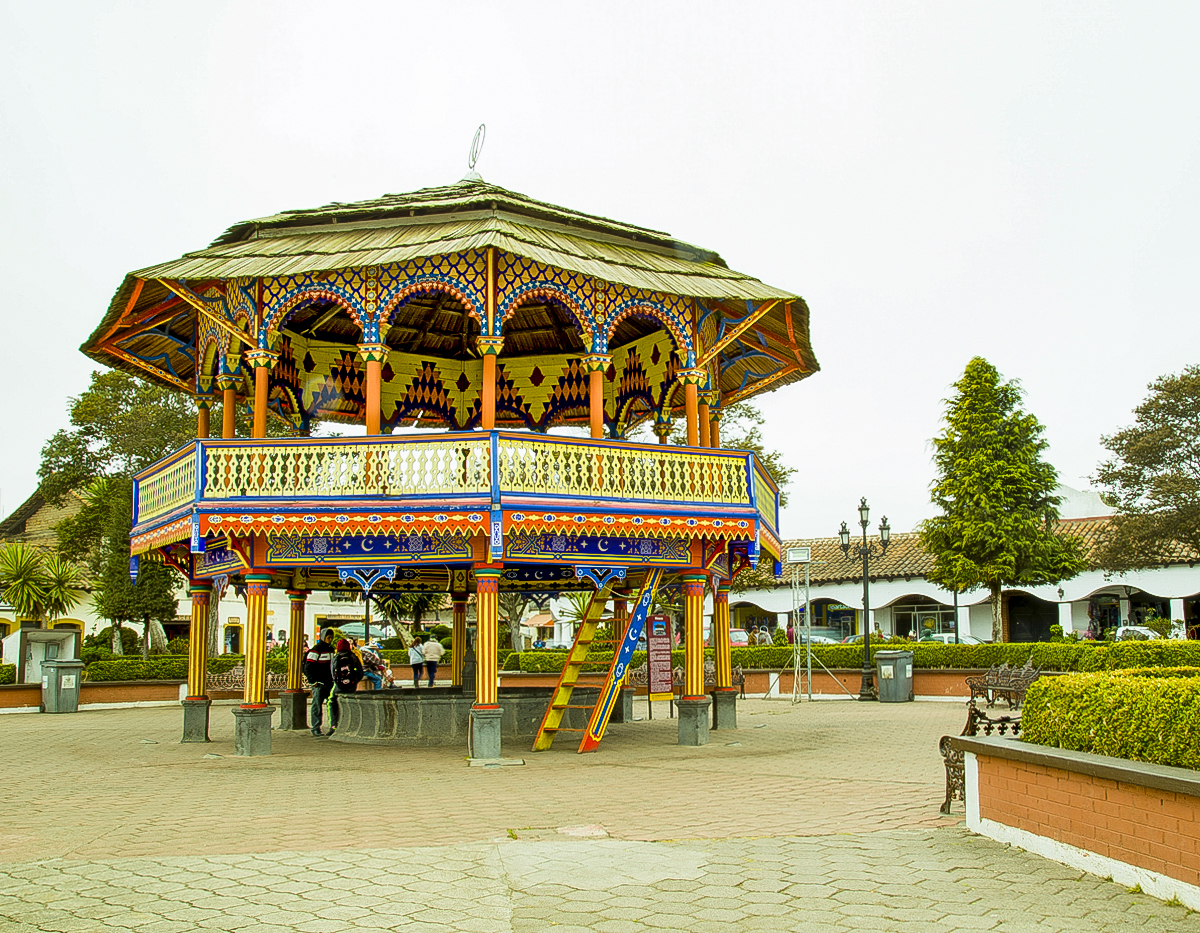
The Mudejar Style Kiosk, Neomudejar Art, Chignahuapan - Puebla Mexico
In Puebla Mexico, is a town called Chignahuapan, which is also called a magical place, a Christmas town, for its vibrant colors and factories producing millions of glass Christmas ornaments every year? The town was founded in 1481.
In Chignahuapan's Plaza de Armas (the main square) is an all-wood kiosk, the kiosk Chignahuapan, built-in 1871, finished in stunning detail and vivid colors. The kiosk is Neomudejar art in Mudejar style. Mudéjar is not a specific style of architecture but rather the application of ornamental and decorative elements.
The Chignahuapan Kiosk is used for performances and as a gathering place.
The Chuppah, aka Chuppa, Chupah, Chipe, or Huppah
A shelter of four posts and a roof canopy represents a home created by a marriage, in traditional Jewish weddings. It is called a chuppah (pronounced huppah). The chuppah reflects the Biblical example of Abraham who through his friendliness and good cheer, entertained angels unawares. Open on all sides, the chuppah is a symbol of hospitality, welcoming guests from whatever direction they may travel from.
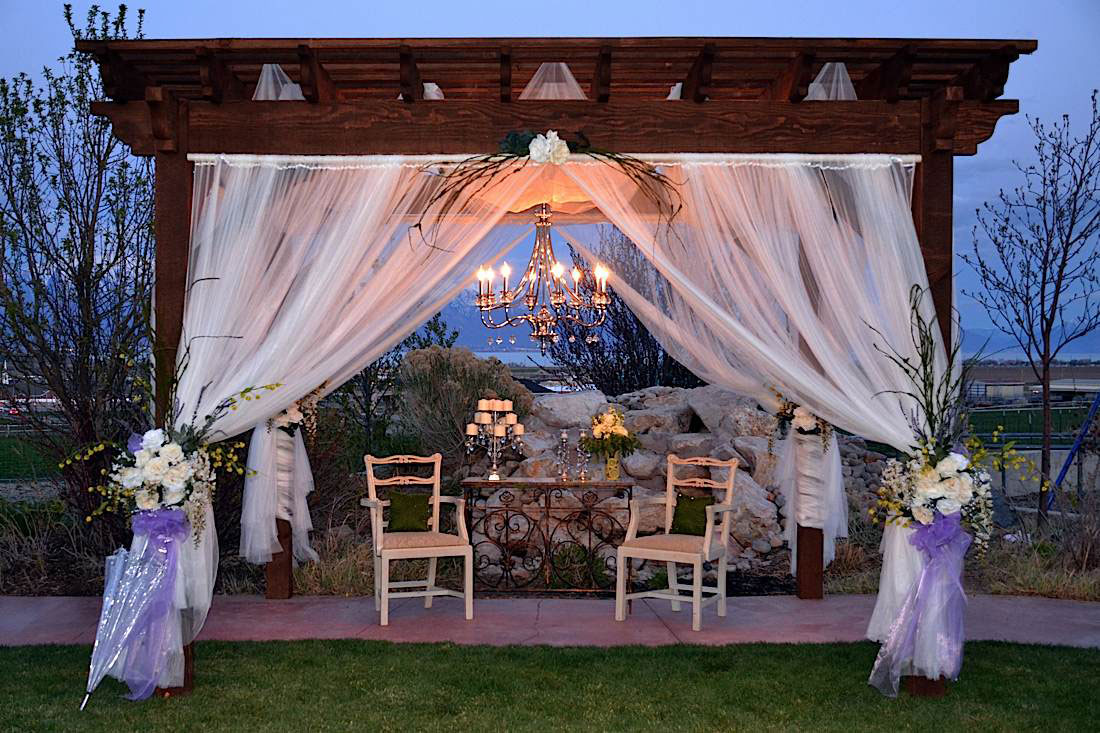
ShadeScape® #PergolaKit w/TimberVolt® #IntegratedOutdoorPower
The Wedding Mandap
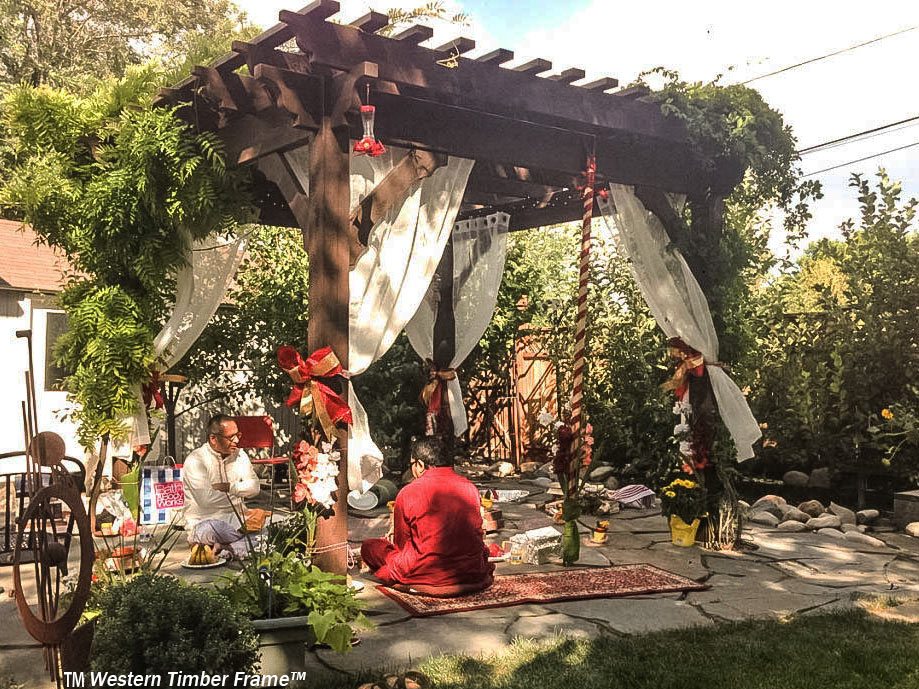
ShadeScape® #MandapKit for #WeddingCeremony
Another arbor-like wedding structure is called a mandap. Mandaps are an alter for Hindu and Jain wedding ceremonies. The four pillars are traditionally made of wood and represent the parents who raised the marrying couple.
World's Largest Outdoor Museum
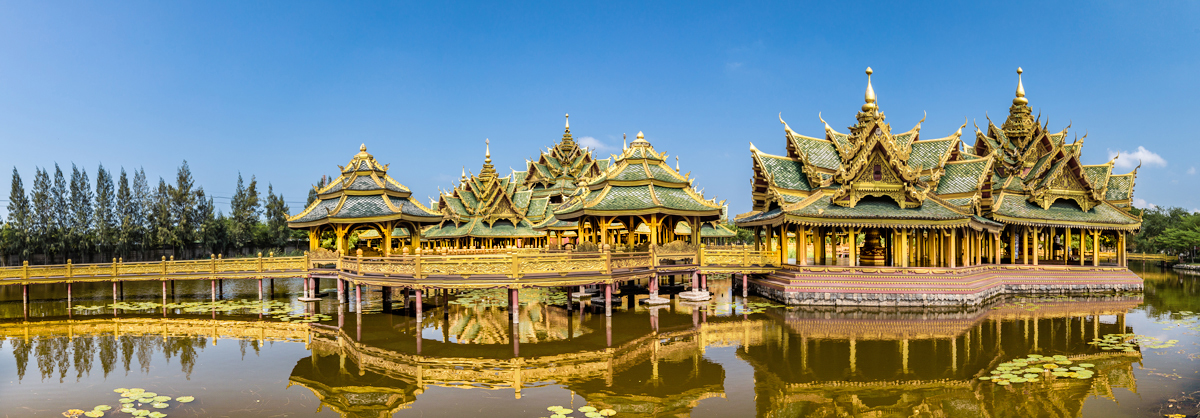
The world’s largest outdoor museum is the Ancient Siam museum located in Thailand. The museum includes 116 pavilions, temples, and shrines, as well as floating shops and markets.
TLTR
• 21st Century Commerical, Residential, and Recreational Shade Shelters • Symbolism in the shape of a shade shelter • Culture, History, and Symbolism of Pavilions, Pergolas, and Gazebos Around the World
1. The golden temple is topped with pure gold gazebos and is one of the holiest sites in India. 2. Stilt Chickee Homes of Native American Seminole Tribes 3. 150-year-old Christmas Kiosk in Mexico 4. A chuppah having four posts and a roof canopy represents a home created by a marriage, in traditional Jewish weddings. 5. Four pillars of a mandap for Indian Weddings traditionally made represent the parents who raised the marrying couple. 6. Pavilions house the world's largest outdoor museum. 7. Tiered pavilions, one of the seven ancient wonders of the world. 8. Cenotaph (keno taphos) means an empty tomb are pavilions built in honor of someone buried someplace else. 9. The Schönbrunn Palace gloriette in Vienna and was built in 1775, represents war that brings peace. 9. In 1755, a marble boat was built as a base to support a wooden Chinese style pavilion. 10. The Dome of the Rock, an Islamic building is an Open Pavilion. 11. The Jay Pritzker Pavilion is a pavilion built to reverberate energy and envelope a listener with sound for outdoor concerts without any visual obstructions. 12. The Dianatempel or "Diana Temple" in English is a beautiful, several centuries-old, twelve-sided gazebo.
13. The Federation pavilion was built in Sydney, Australia to swear in public officials over the very spot where Australia was officially proclaimed a nation. 14. Follies were typically built for visual aesthetics to complete or improve upon a natural setting. 15. Octagonal pavilions serve as tea houses over the Pol-eKhaju Bridge crossing the Zayande River in Isfahan, Iran. 16. Many lengthy colonnades built to give protection from the weather to travelers. 17. Bridge of love. This beautiful pavilion bridge holds the stories of love with centuries-old graffiti. 18. Spiraling colonnaded pavilions connect to underground passageways of a waterless well. 19. A stone pagoda sits on the tallest mountain peak in Fansipan, Vietnam. 20. Many ancient writings and remnants that tell of garden buildings, pavilions, gazebos, and pergolas. 21. Poland's many wooden treasures as well with stunning wooden bowers. 22. The concept for the futuristic pavilion made of steel pipe pavilion covered with goat hair. The pavilion will provide a shaded resting place, and protection from the elements to travelers while collecting and storing vital drinking water. 23. The Palace Monserrat with the attached pavilion is now a magical and unique venue where couples book a romantic palace wedding. 24. Covering artworks with gazebos and pavilions is a centuries-old practice in many parts of the world. 25. The works of America's Architect, Thomas Jefferson who designed and set a precedent for many of America's architectural style and building with pavilions.
One of the Seven Ancient Wonders of the World
Historians of Greece and Rome tell of the exquisite Hanging Gardens of Babylon, several tiers of pavilions in the middle of the desert was an underground system of aqueducts, engineered to bring melted snow from the mountains watering the gardens.
Seven "must-sees" is a romantic idea that is ancient. The first presently known recorded list to reference Seven Wonderments of the World is by the Lebanese-born Greek historian Diodorus Siculus - who lived around 100 BC. He listed the hanging gardens as one of the seven wonders of the world.
"I have gazed on the walls of impregnable Babylon, along which chariots may race, and on the Zeus by the banks of the Alpheios, I have seen the Hanging Gardens, and the Colossus of the Helios, the great man-made mountains of the lofty pyramids, and the gigantic tomb of Maussollos. But when I saw the sacred house of Artemis that towers to the clouds, the others were placed in the shade, for the sun himself has never looked upon its equal outside Olympus." – Greek Anthology IX.58 Clayton and Price 1989
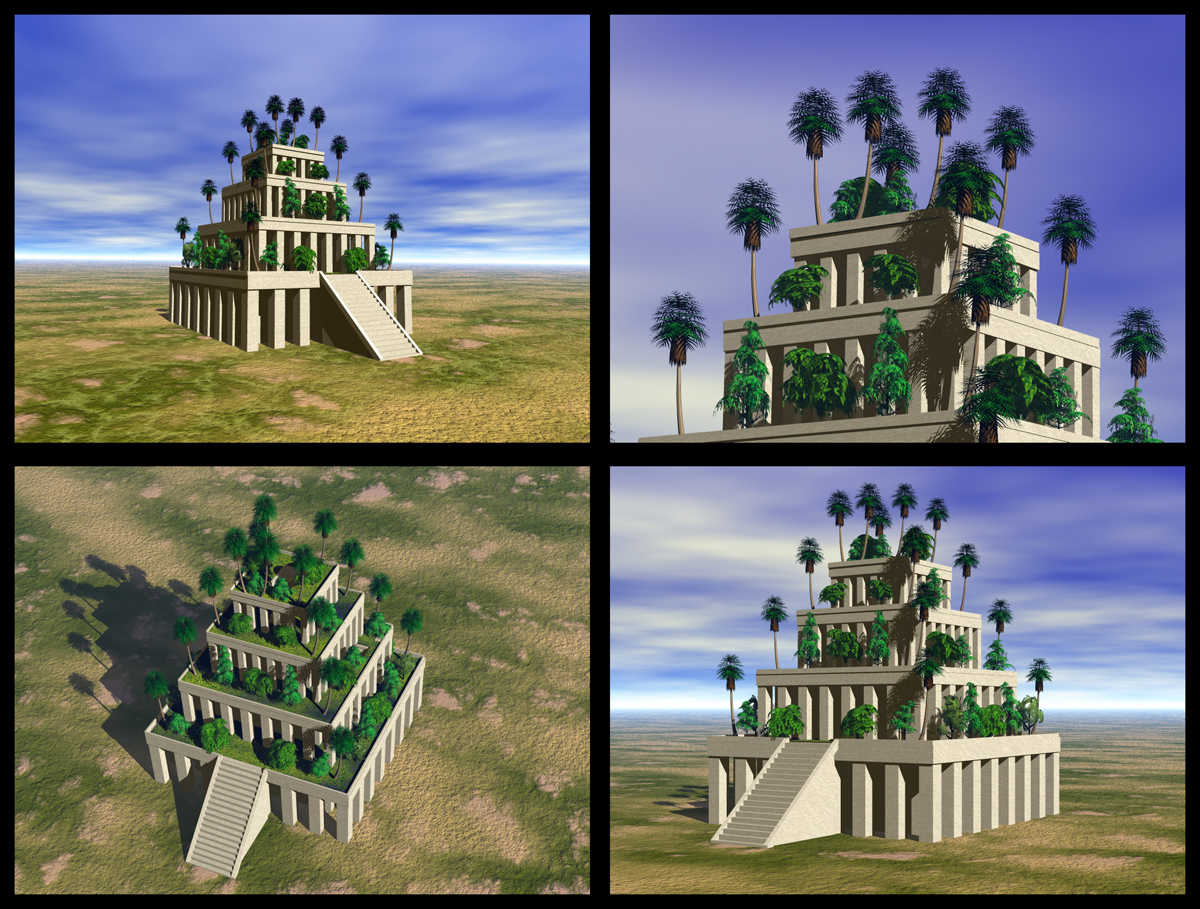
Artist's Rendition of what the #HangingGardens may have looked like.
In stark contrast to the dry, arid surrounding landscape, the dazzling garden was built in a series of ascending terraces with tall stone columns. The garden featured cascading waterfalls, exotic plants, trees, herbs, flowers, and garden statues.
An Empty Tomb
In French, it is cénotaphe. Greek is cenotaph (keno taphos) meaning "empty tomb."
Most often, a cenotaph is erected to honor a person or persons who have given their lives in war and they are buried somewhere else. It is a monument built in the memory of someone else.
Although none of the ancient cenotaphs survive, there are ancient Greek writings that talk about having many cenotaphs.
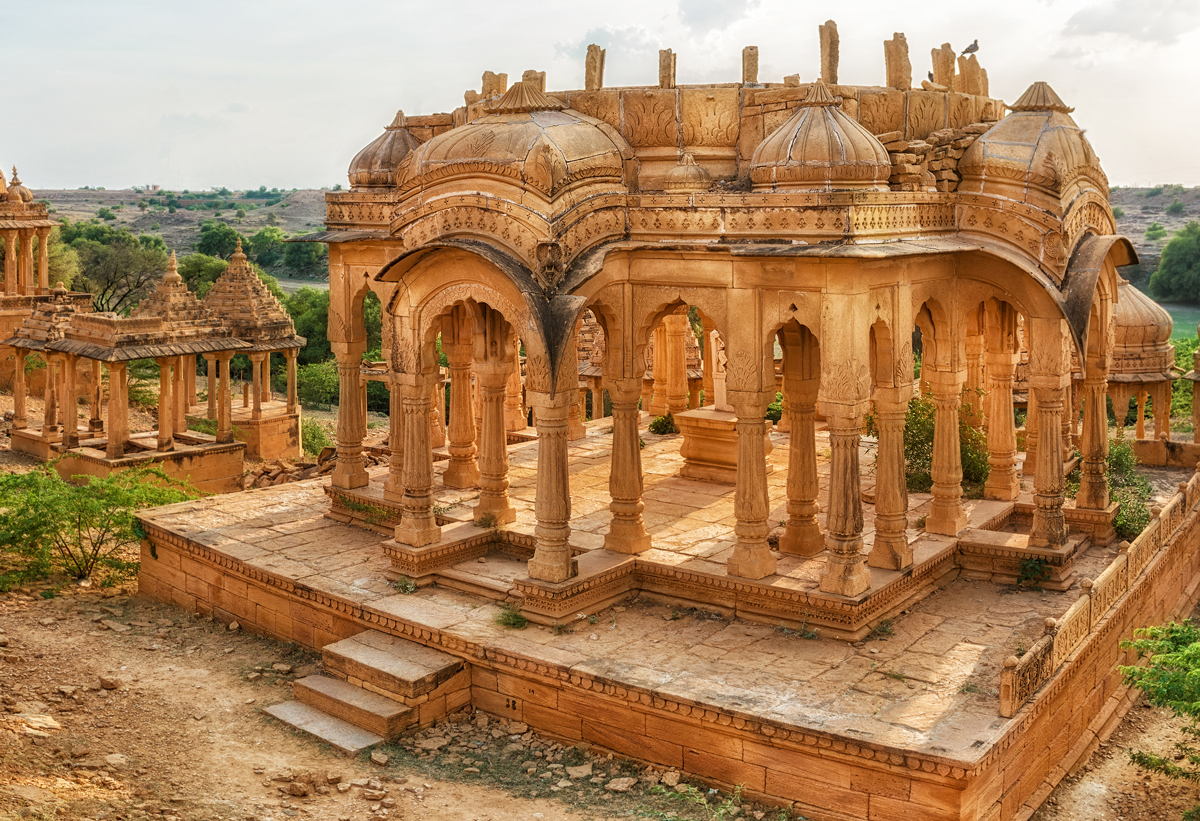
An empty tomb: #Cenotaph in Bad Bagh in Jaisalmer Rajasthan in India
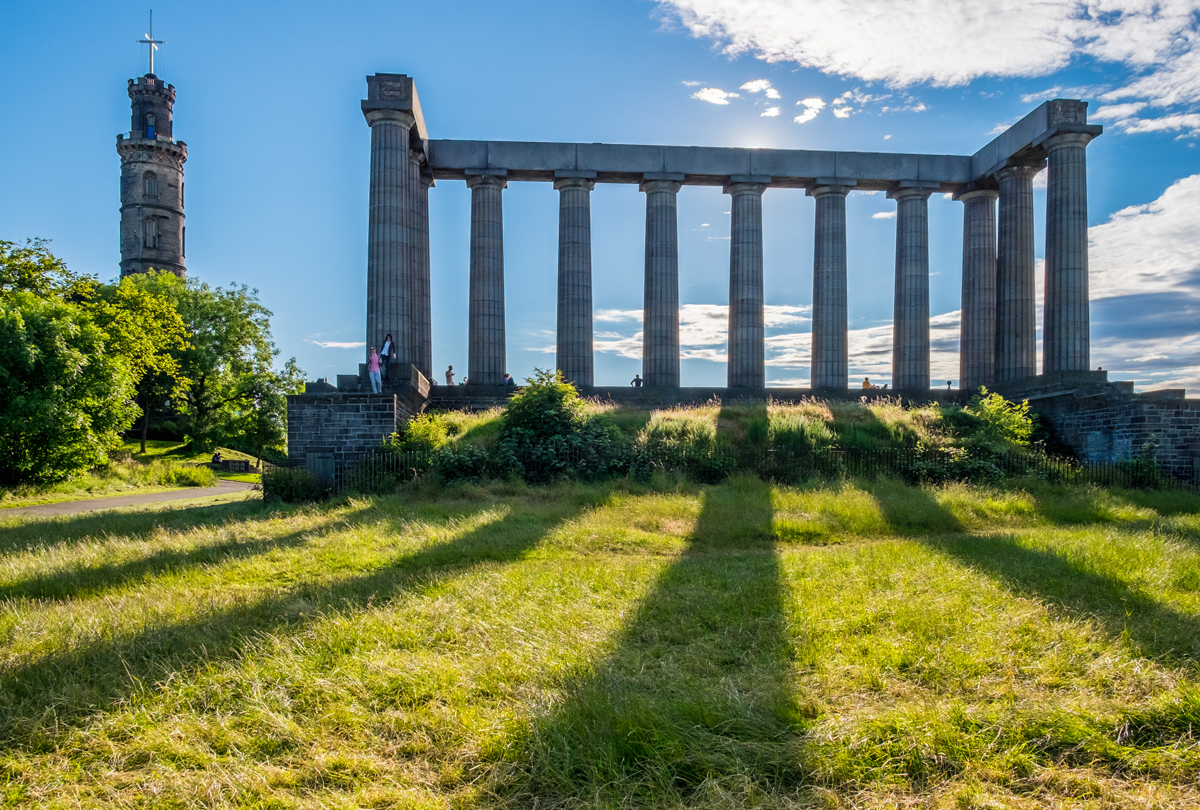
Pavilion National Monument on the Calton Hill, England, in Memory of Those Fallen in War
Schönbrunn Palace Garden Gloriette
A gloriette is a garden building in the form of a pavilion or a tempietto (Italian for 'small temple') as a commemorative tomb, more or less open on all sides. The Schönbrunn Palace gloriette is located in Vienna and was built in 1775. The gloriette served as a festival and dining hall, and a breakfast room for the emperor, Franz Joseph the first.

Gloriette Fountain Schonbrunn Palace Pavilion in Vienna
Where the breakfast room once was, there is a café, and on the roof, there is an observation platform overlooking Vienna. Sculptures, militaristic decor, and triumphal arches are a concept of the gloriette which is a tribute to war, that brings peace.
The Marble Boat Pavilion
In China’s forbidden city is the Qianlong Garden. At the turn of this year, this ancient garden of 27 pavilions will be 600 years old.
During the reign of the Qianlong Emperor (1737-1796), China was the largest and richest civilization in the world and he turned this garden into a private retreat.
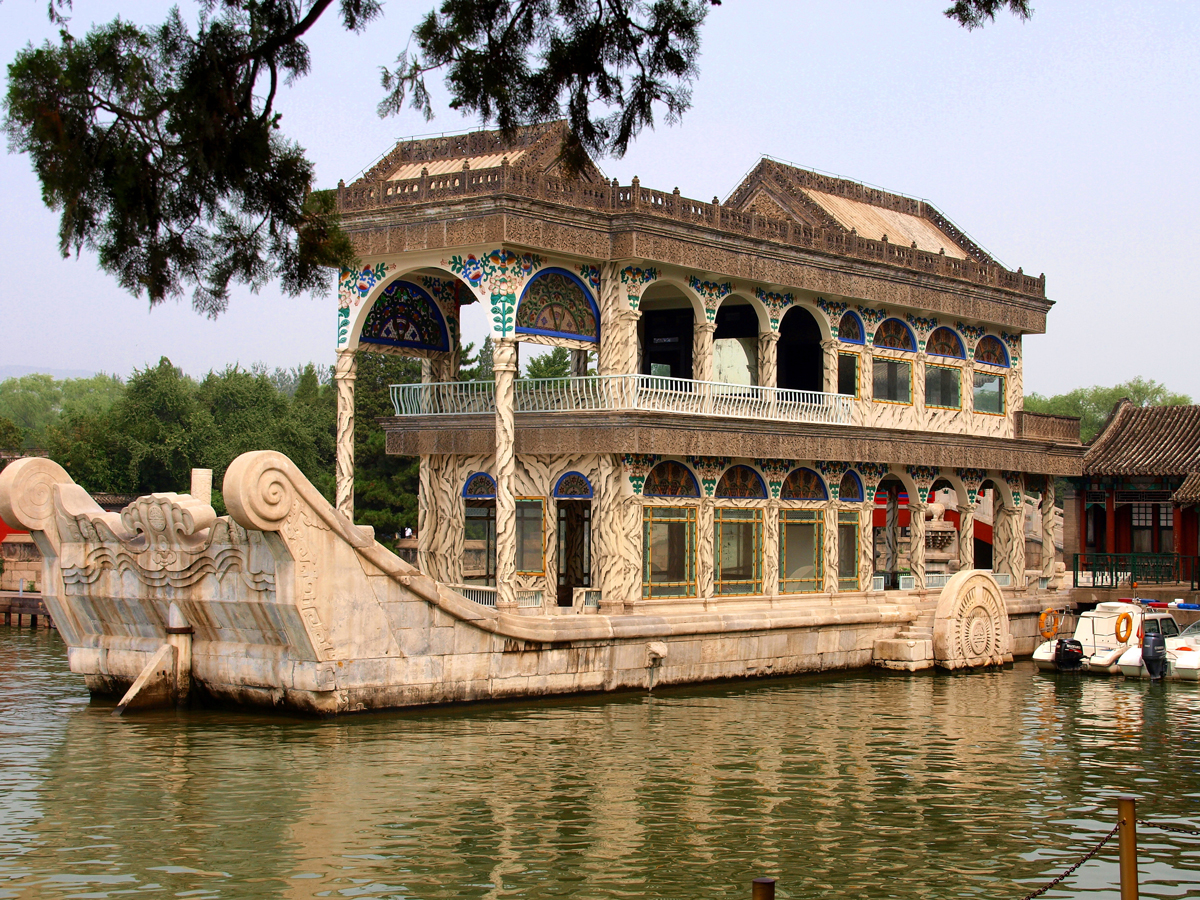
The Marble Boat Pavilion in Peking
In 1755, a marble boat was built as a base to support a wooden Chinese style pavilion. The pavilion is not floating; it is stationary, simply to enjoy the surrounding view. The pavilion marble boat is built over the platform where once stood the Yuanjing Temple of the Ming Dynasty (1368-1644).
Dome of the Rock, an Open Pavilion
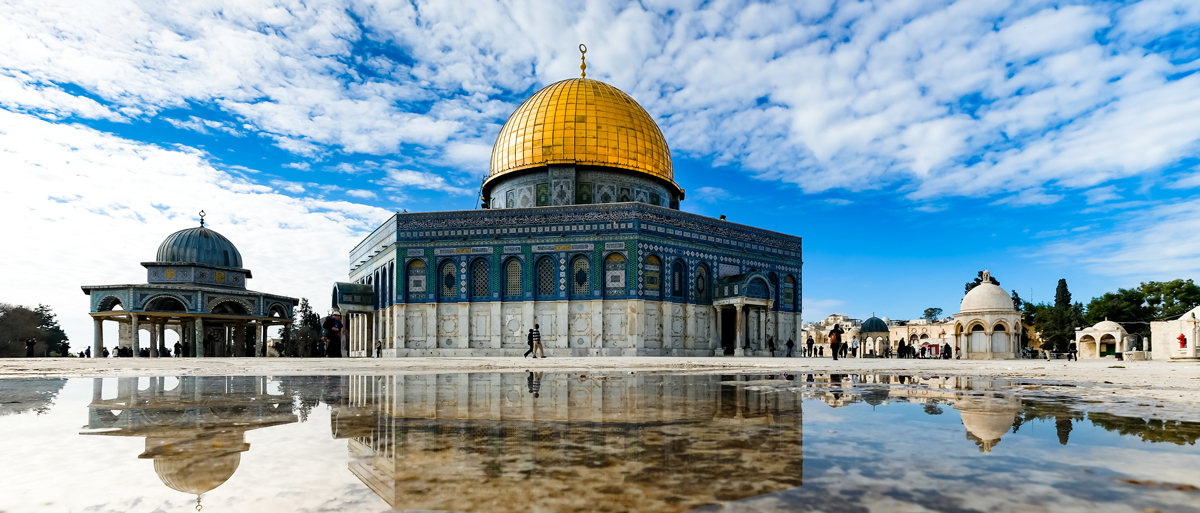
It may not look like it from an outward appearance but the Dome of the Rock is said to be an open pavilion, of internal columns supporting a domed roof and glass windows. A stairway leads down to a natural cave beneath the pavilion. This place of worship is built over a rock that is a sacred site to both Muslims and Jews.
Completed in 691–92 CE, the Dome to the Rock is an Islamic shrine on top of the temple mount of the old city of Jerusalem. The dome is constructed of wood covered with gold and said to symbolize Muhammad’s vision of the Seventh Heaven while the octagonal shape beneath the dome is said to represent the earth.
In Jewish tradition, it is here that the Biblical patriarch, Abraham prepared to sacrifice his son Isaac. It is also the direction to which Jews face when they pray.
Jay Pritzker Pavilion
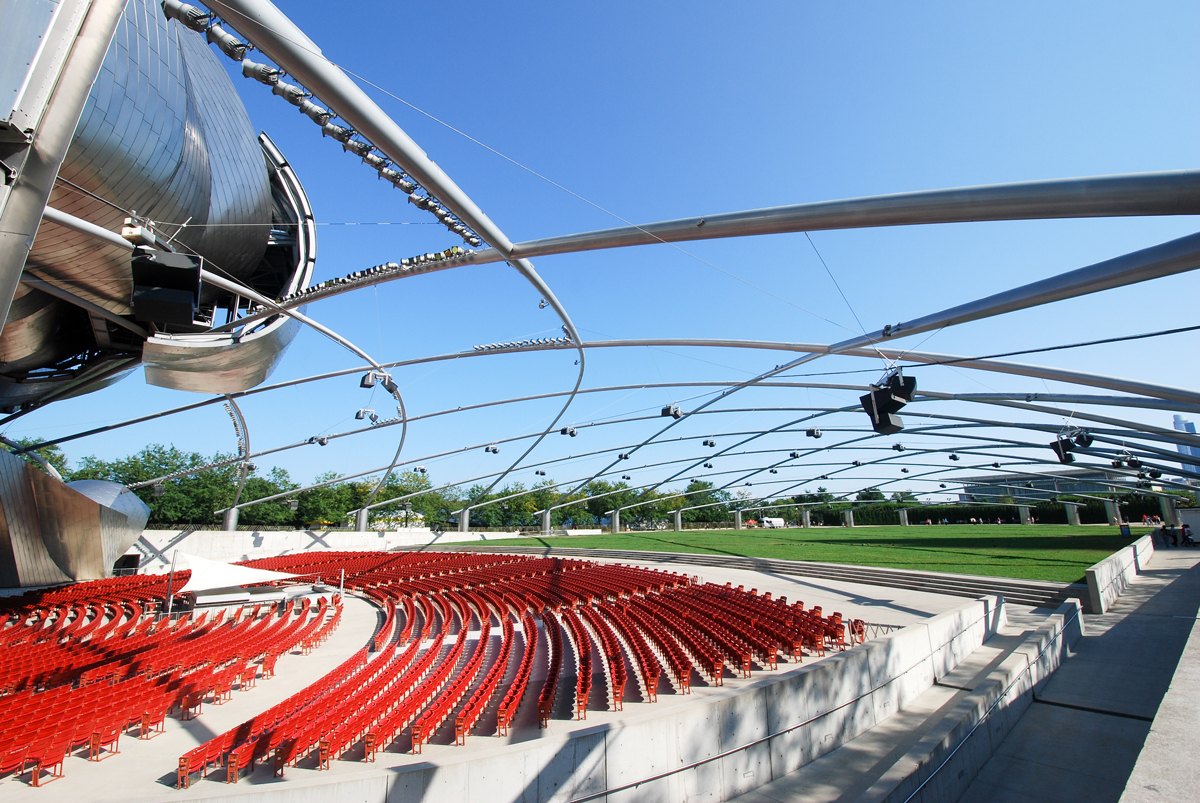
The Jay Pritzker Pavilion does not provide a comfortable shade or offer any real protection from the elements. That is because this is a pavilion built to reverberate energy and envelope a listener with sound for outdoor concerts without any visual obstructions. It also distributes the noise, allowing for low centralized speakers which do not disturb neighboring residences or businesses, the brilliant design of The Talaske Group of Illinois.
Twelve-Sided Gazebo
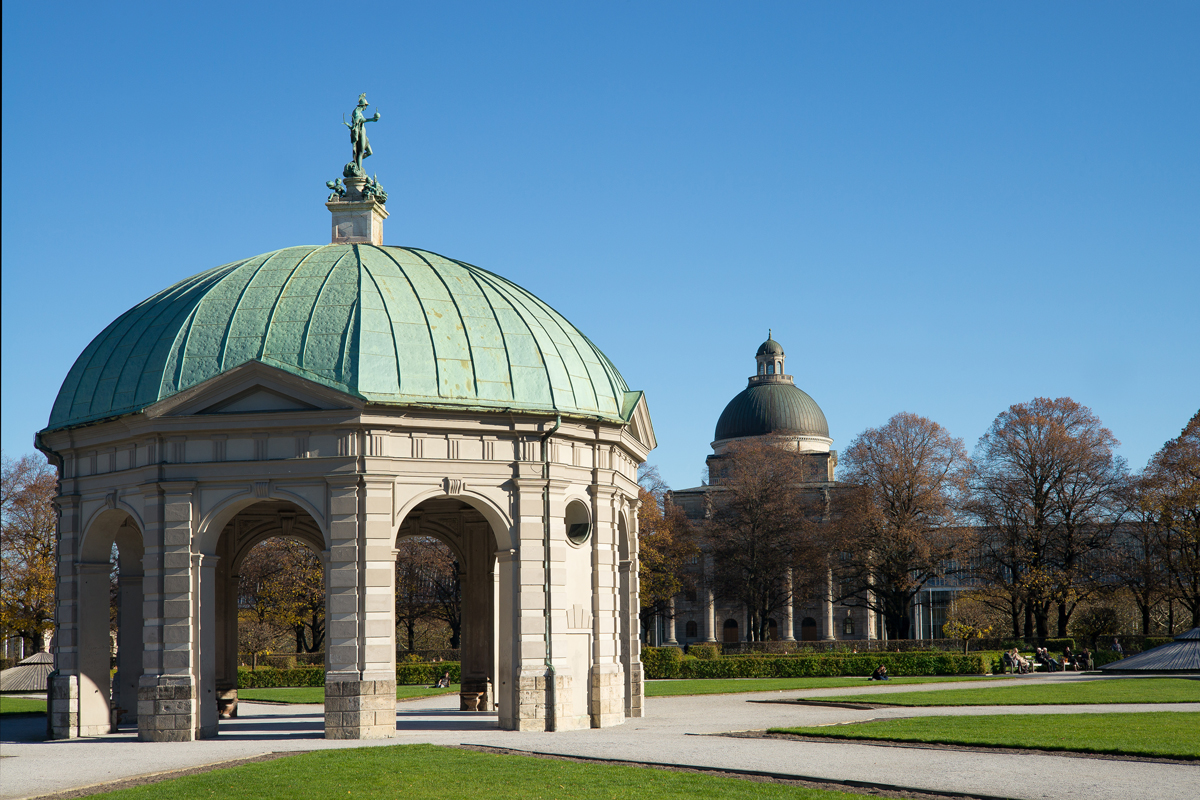
12-sided Gazebo - Dianatempel in Germany
The Dianatempel of "Diana Temple" in English is more than a beautiful twelve-sided gazebo with eight open and eight closed arcades.
In the summertime and when the weather permits, the Dianatempel is an unofficial meeting place for dancers from all over Munich in Germany. They have an amazing time and a lot of fun kicking up their heels and the pavilion is free to anyone to enjoy. On warm evenings concerts are held and street musicians entertain here.
The gazebo was built in the Renaissance period as a temple to worship the Roman goddess of the hunt, in around 1615. The bronze statue of Hubert Gerhard on the crown of the roof was cast in 1594. Inside the temple are four seashell wall fountains adding to its charm.
The Federation Pavilion
The Federation pavilion was built in Sydney, Australia to swear in public officials over the very spot where Australia was officially proclaimed a nation.
The Pavilion Bridge of Love
Built in 1755, The pavilion covered Palladian Bridge is one of four in England.
This beautiful pavilion bridge holds the stories of love with centuries-old graffiti. Today, couples enjoy searching the finely etched names, and it is also the perfect setting for proposals and wedding photos.
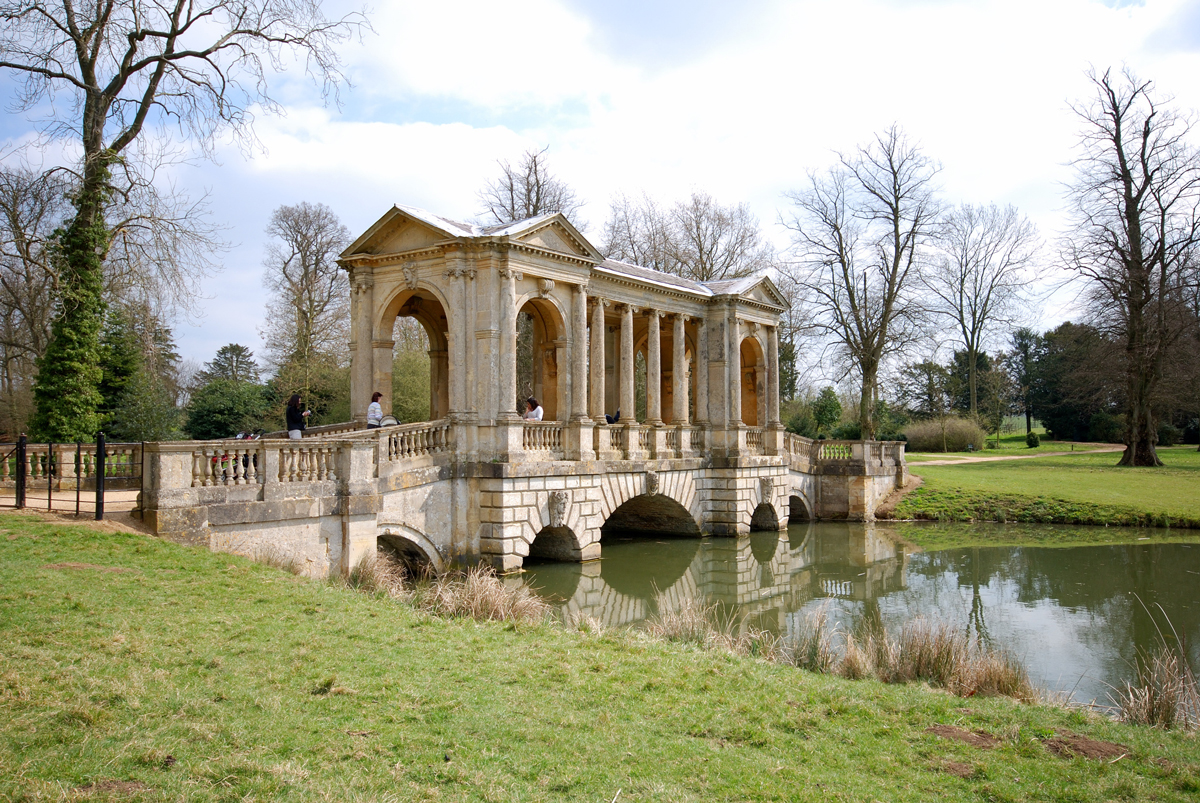
The Palladian Bridge at Prior Park Landscape Garden
Britain's Follies
Britain built what they called follies that were sometimes used as pavilions. They were considered a close relative to grottoes and garden architectural structures. Follies were typically built for visual aesthetics to complete or improve upon a natural setting.
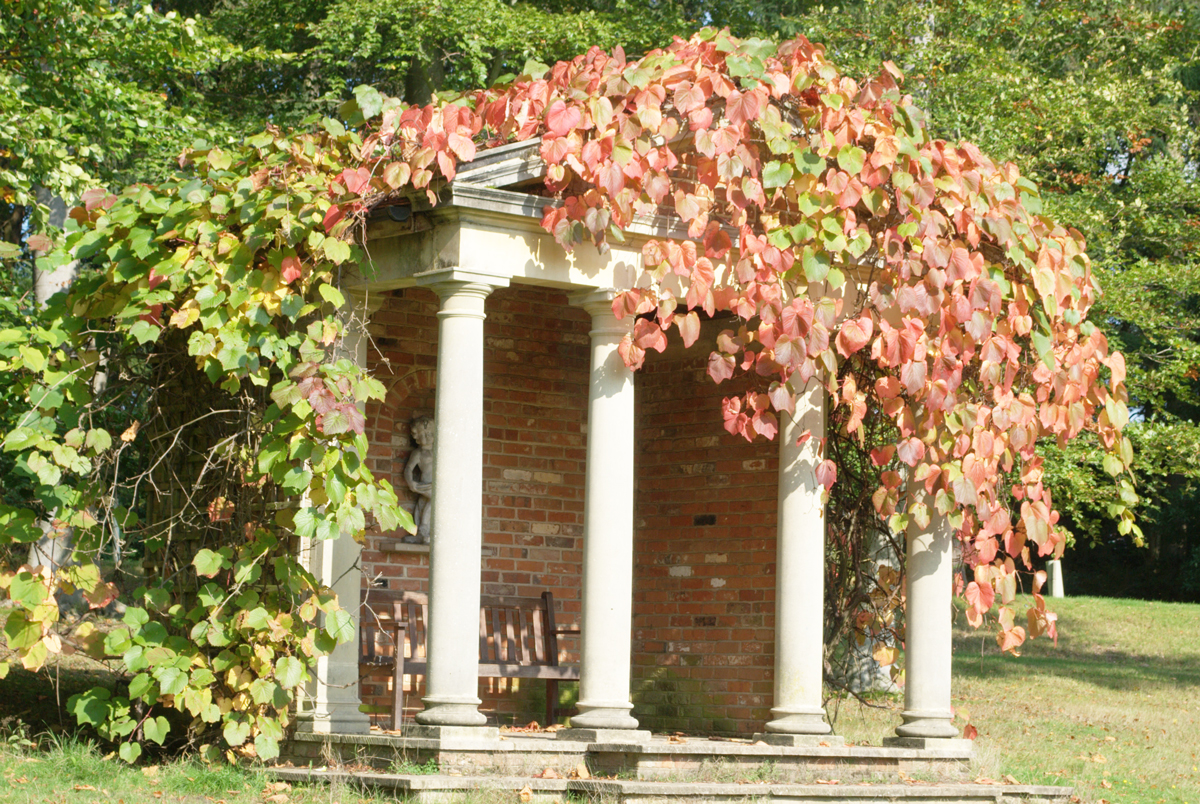
Follie in Britain
Tea House Pavilions
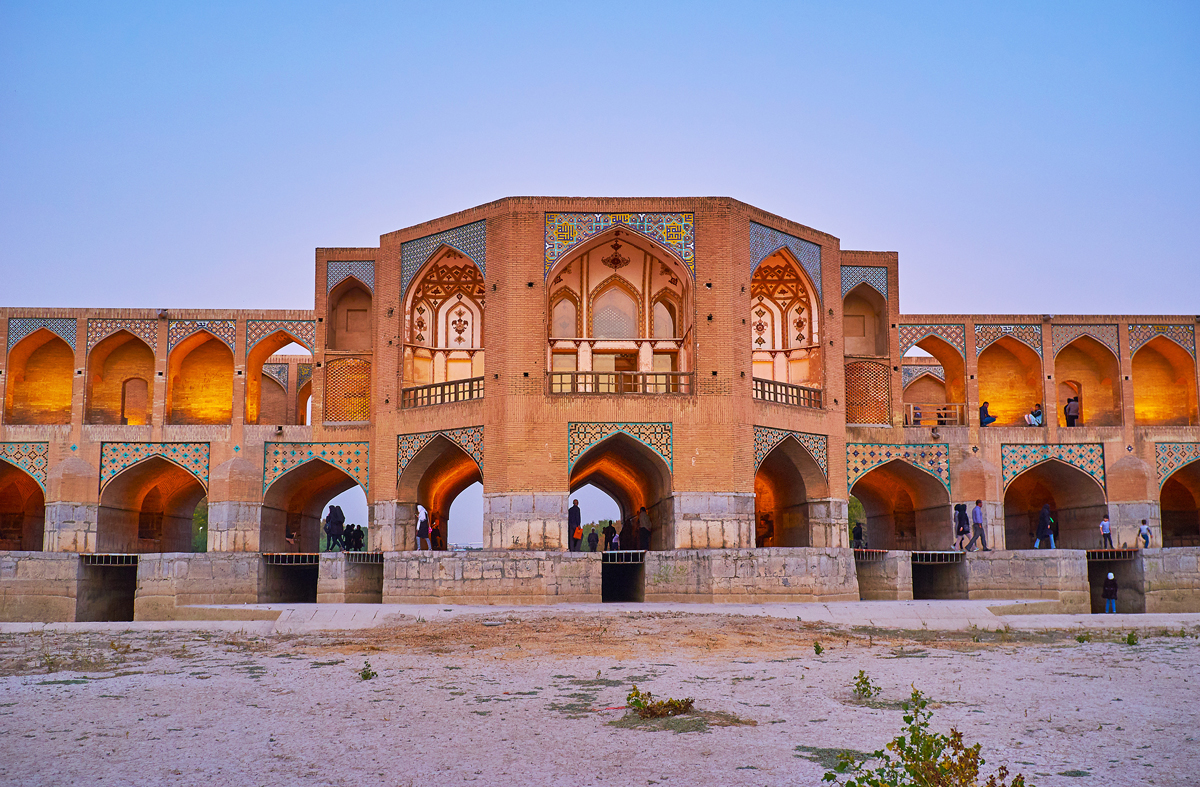
Pol-e-Khaju, Khaju Bridge Covered with Pavilions
Adorned with beautiful colored tiles and painted ceilings, octagonal pavilions serve as tea houses over the Pol-eKhaju Bridge crossing the Zayande River in Isfahan, Iran.
City of Colonnades
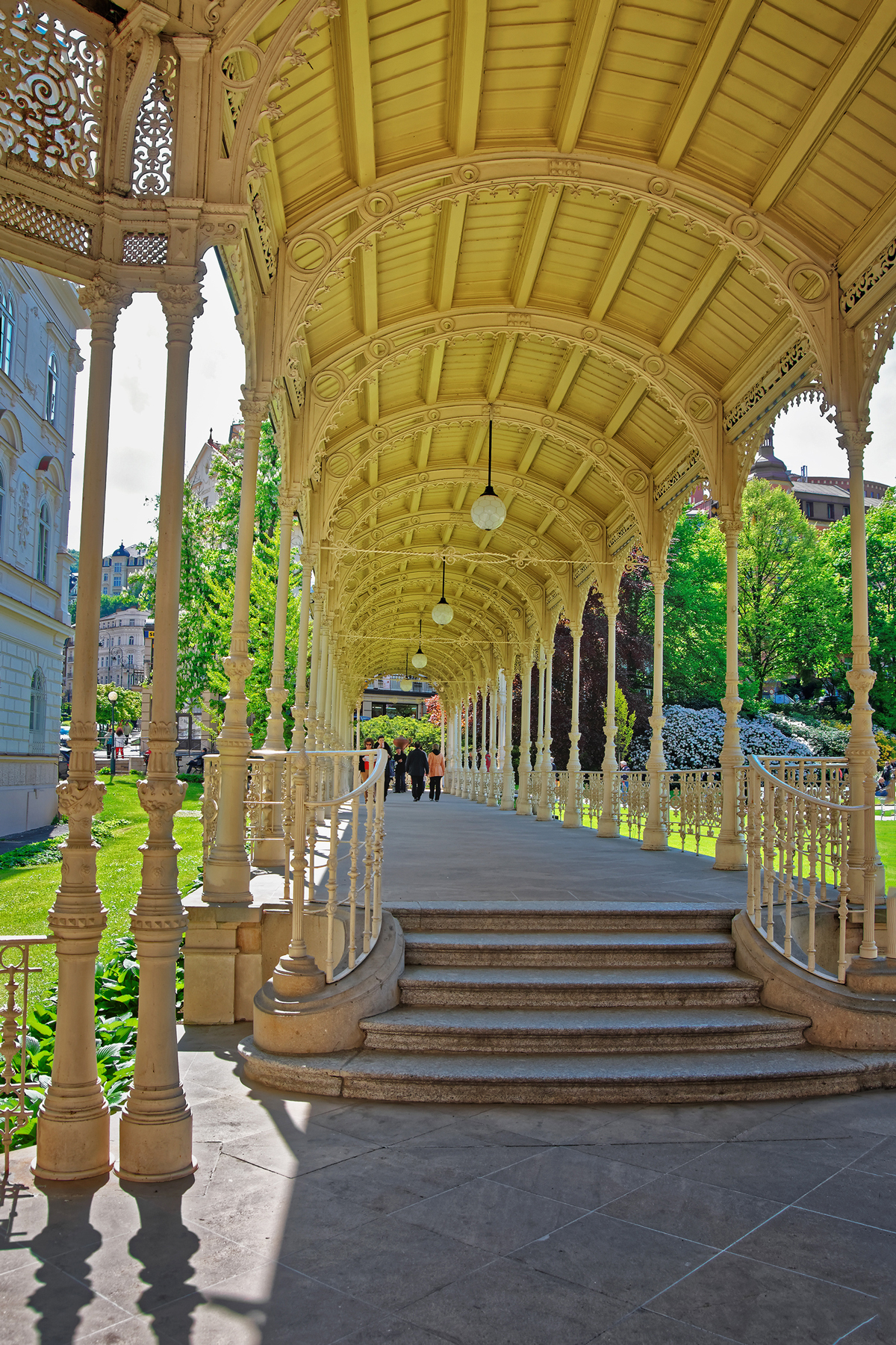
Carved Park Colonnade Karlovy Vary Czech
Karlovy Vary is a city in the Czech Republic where people came from all over to drink medicinal water from their helming springs and do hydrotherapy.
Colonnades were built to give protection from the weather to travelers. Now, Karlovy Vary is known as the "city of colonnades."
Strolling along the city’s colonnades have become part of the cultural healing ritual for all travelers.
Spiraling Pavilion Colonnade
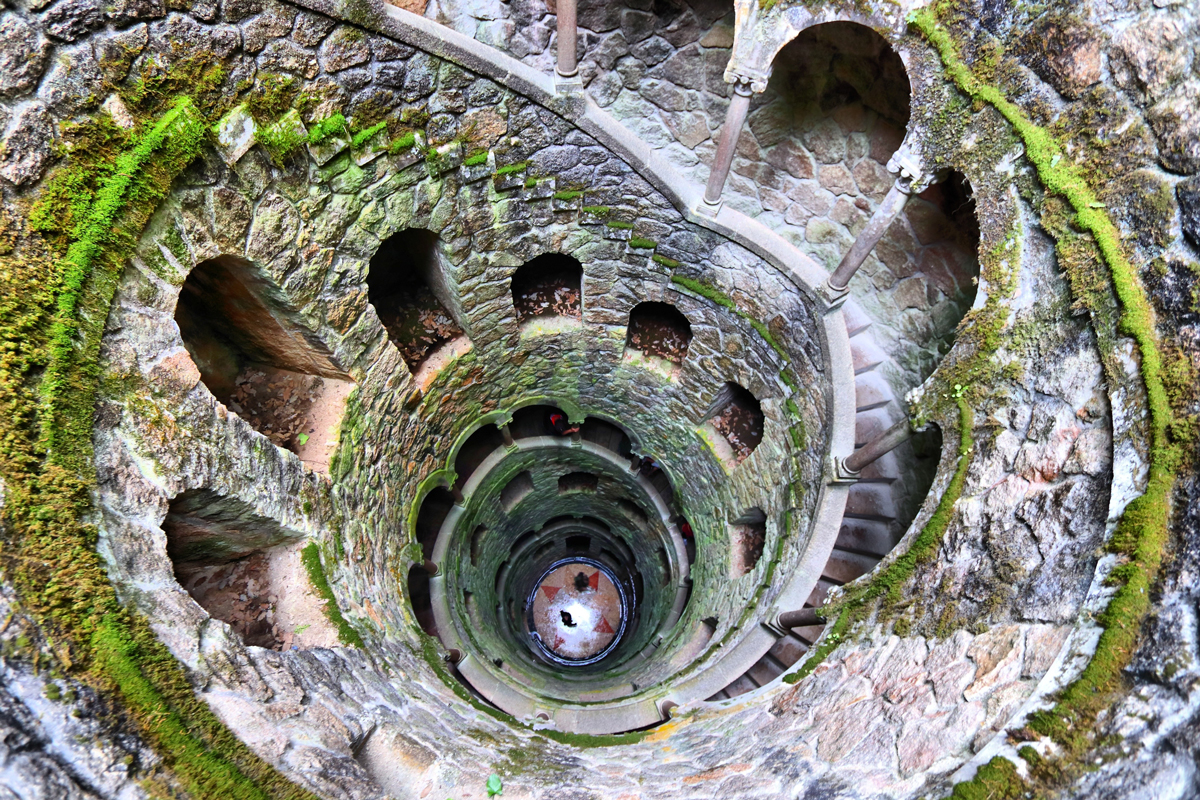
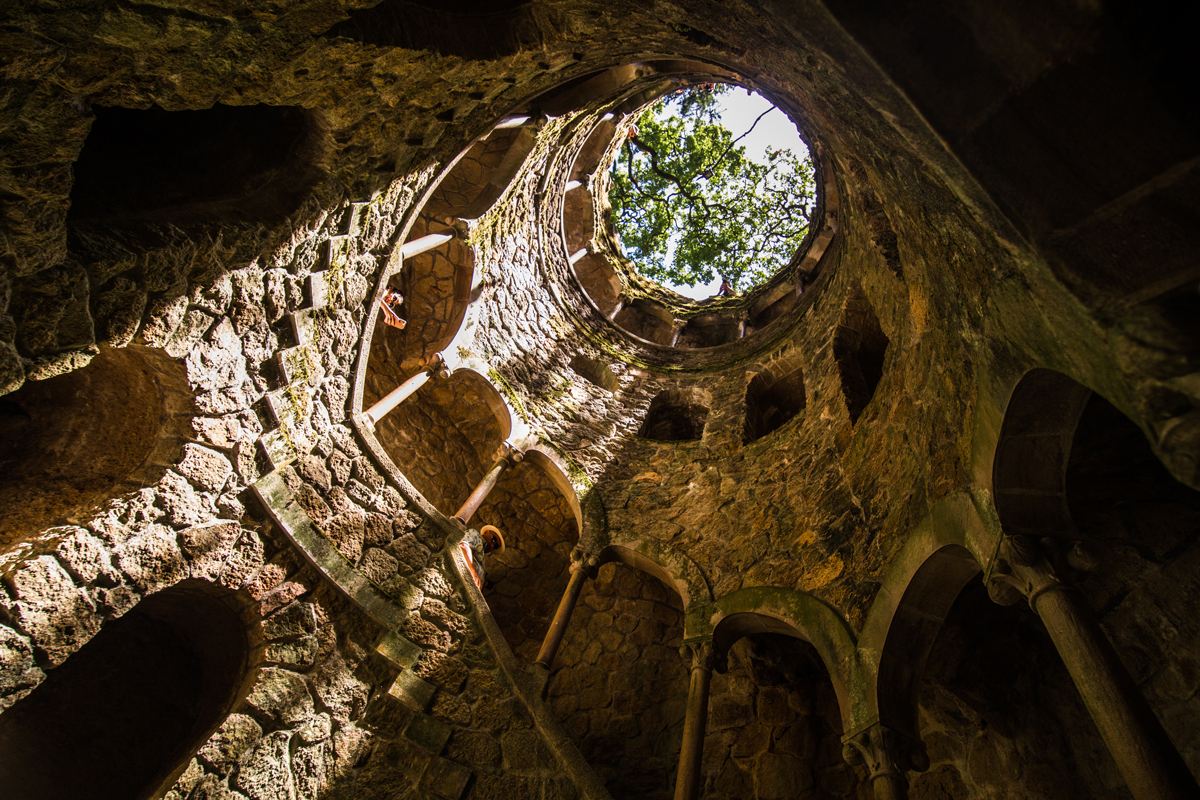
Very little is known about The Initiation Well of Quinta da Regaleira in Sintra. The well was supposedly never used for water storage. The spiraling colonnaded pavilion connects to the underground passageways.
Pagoda Tops Highest Mountain
A stone pagoda sits on the tallest mountain peak in Fansipan, Vietnam. It is also the highest in all the Indochina peninsula (Cambodia, Laos, Vietnam) at over 10,000 feet tall.
The pagoda houses a metal sculpture of buddha.
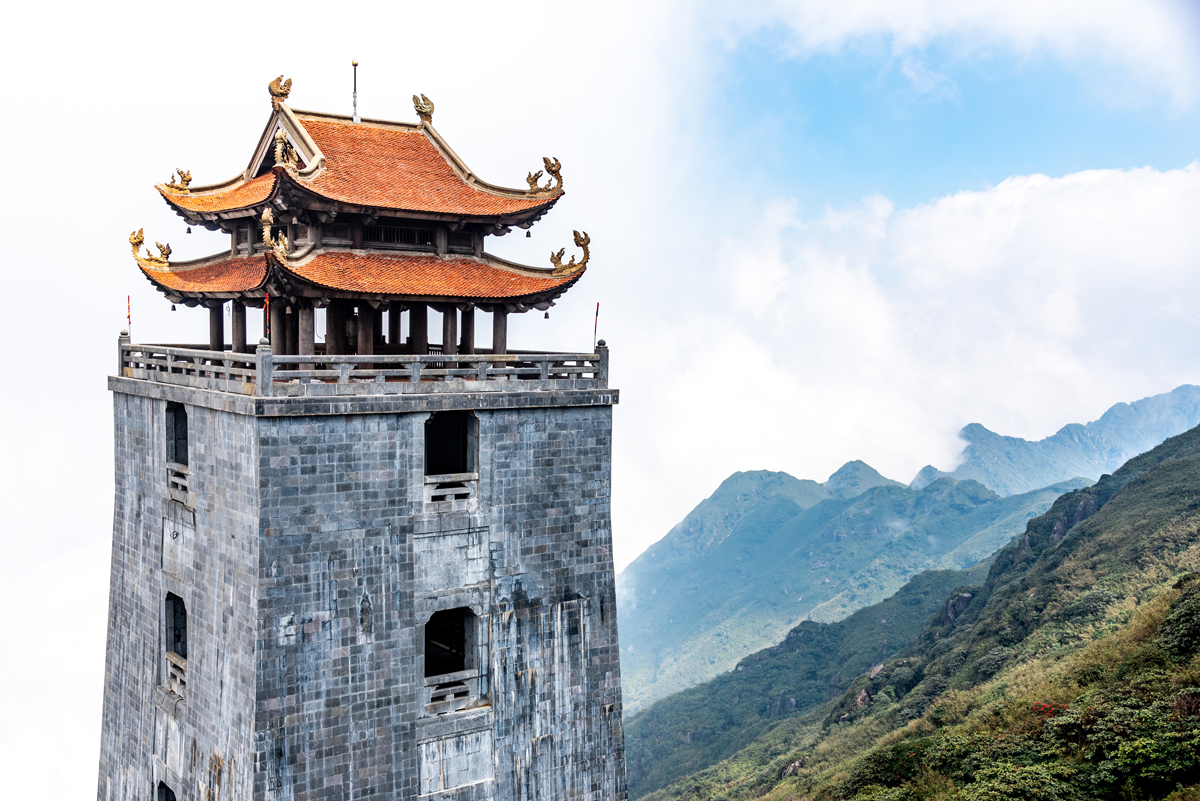
Ancient Writings and Remnants
There are many ancient writings that tell of garden buildings, pavilions, gazebos, and pergolas. Remnants of their existence also are testaments of their importance. Many of which we may never know the story behind them but they still inspire and intrigue, so are mentioned.
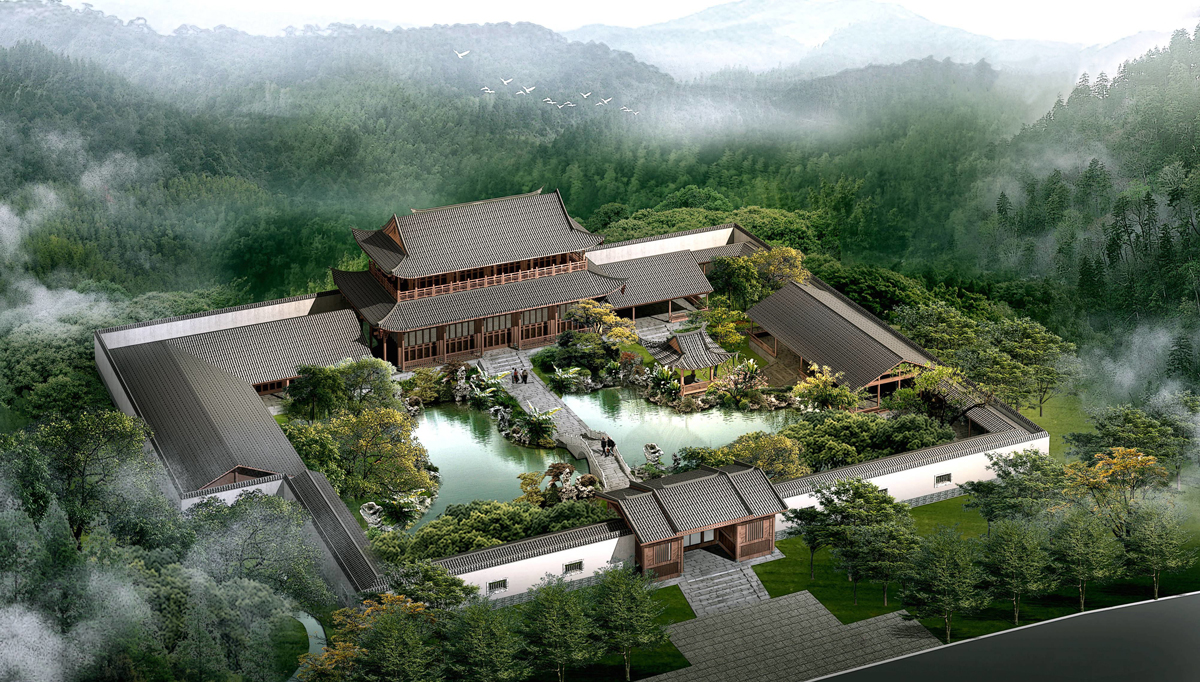
Ancient Pavilion Gateway
Rahma, in Arabic means mercy and is derived from the word womb. God’s mercy embraces. He is a pavilion, protecting and providing the basis for all life.
"...My Mercy encompasses all things." The Quran, Chapter 7, Verse 156
"There will be a pavilion for a shade in the daytime from the heat, and for a refuge and for a shelter from storm and from rain." Isaiah 4:6 (WEB JPS ASV)
The pavilion closest to the water enjoys moonlight first. - Chinese Proverb
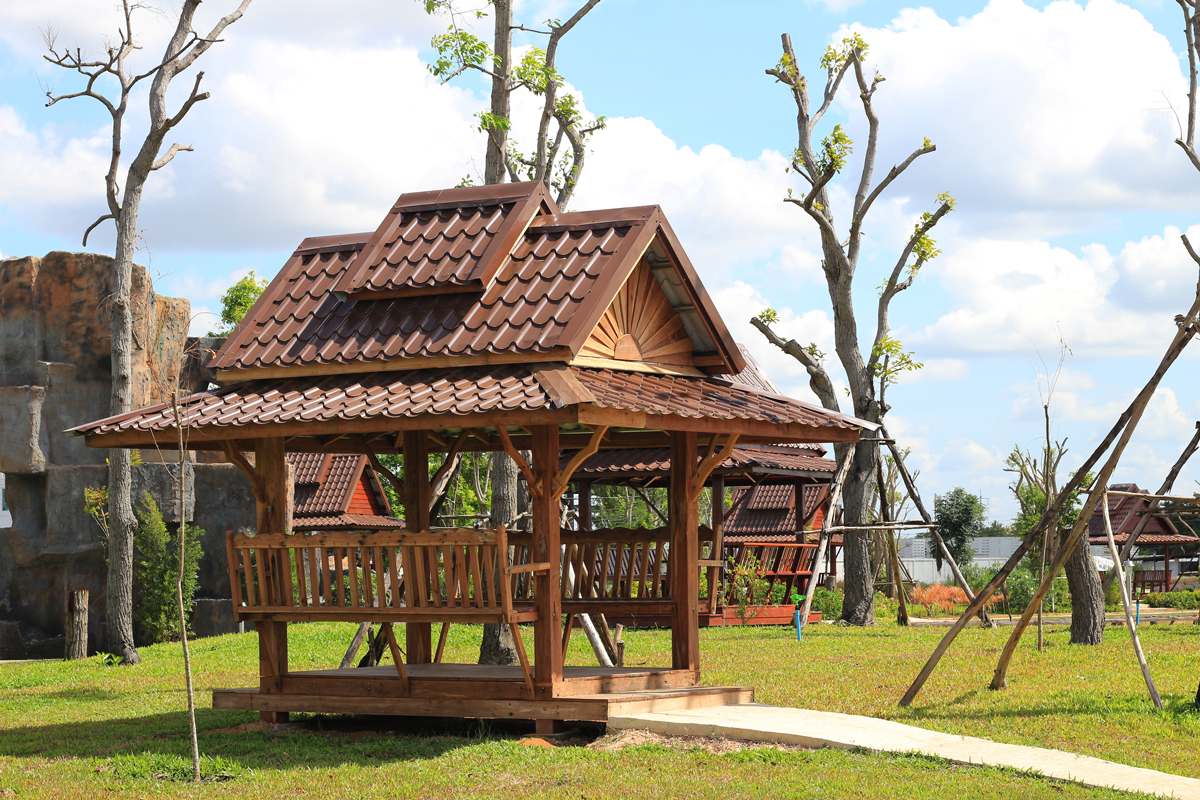
Wooden sala Thai Pavilion in Thailand with Built-in Bench Seating.
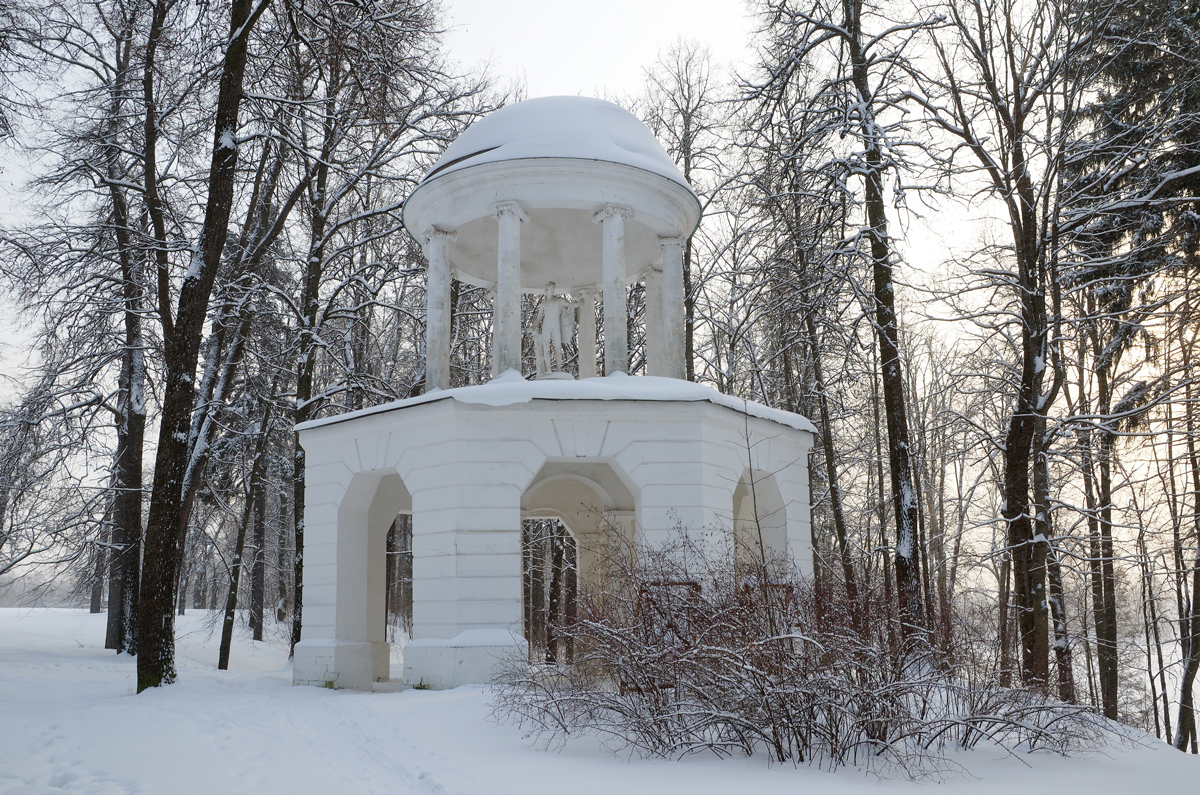
Marfino Moscow Russia Two-Tier Gazebo Rotunda
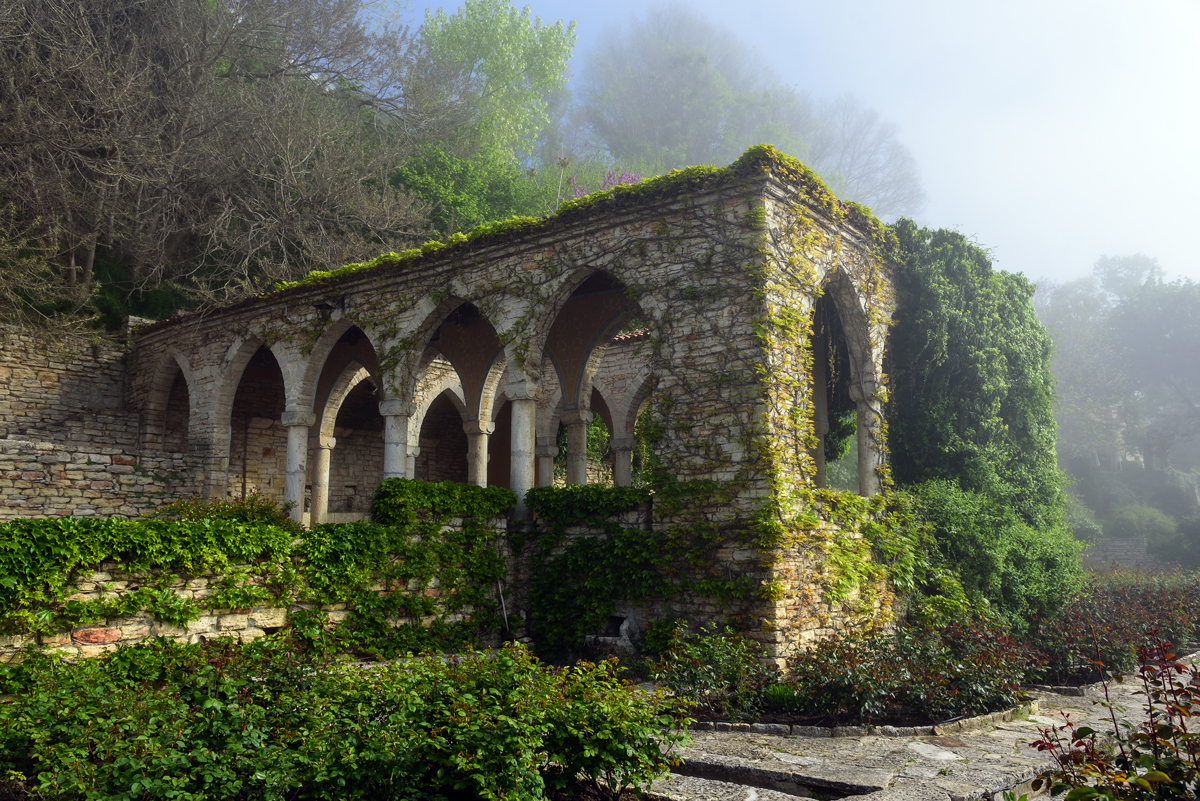
Abandoned Ancient Pavilion in Forest
Wooden Bower
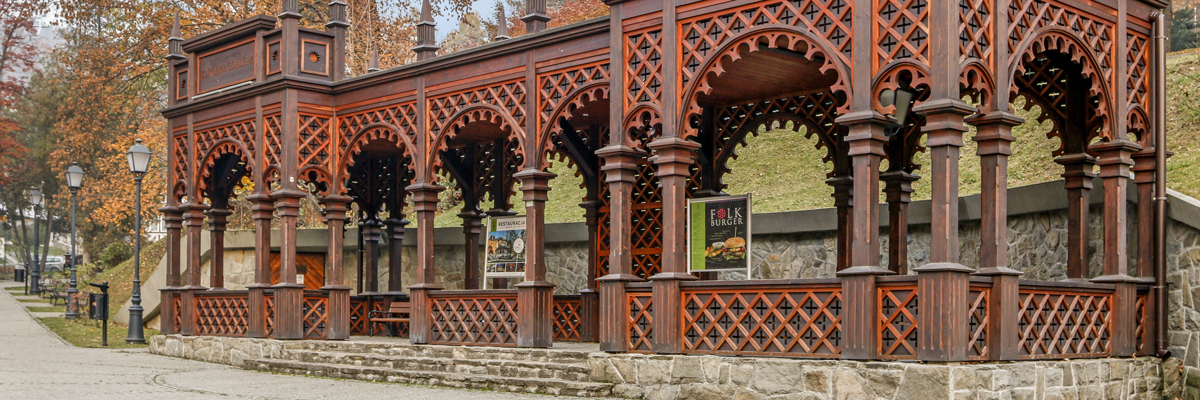
Szczawnica, Poland Wooden Bower Gazebo
Poland is famous for its Orthodox wooden churches, or as the locals call them: Tserkvas. But Poland has many other wooden treasures as well, including stunning wooden bowers.
Shade shelters around the world are called by many different names. In America, a shade shelter is primarily called an arbor, gazebo, pavilion, or pergola, and in some parts: a ramada or cabana.
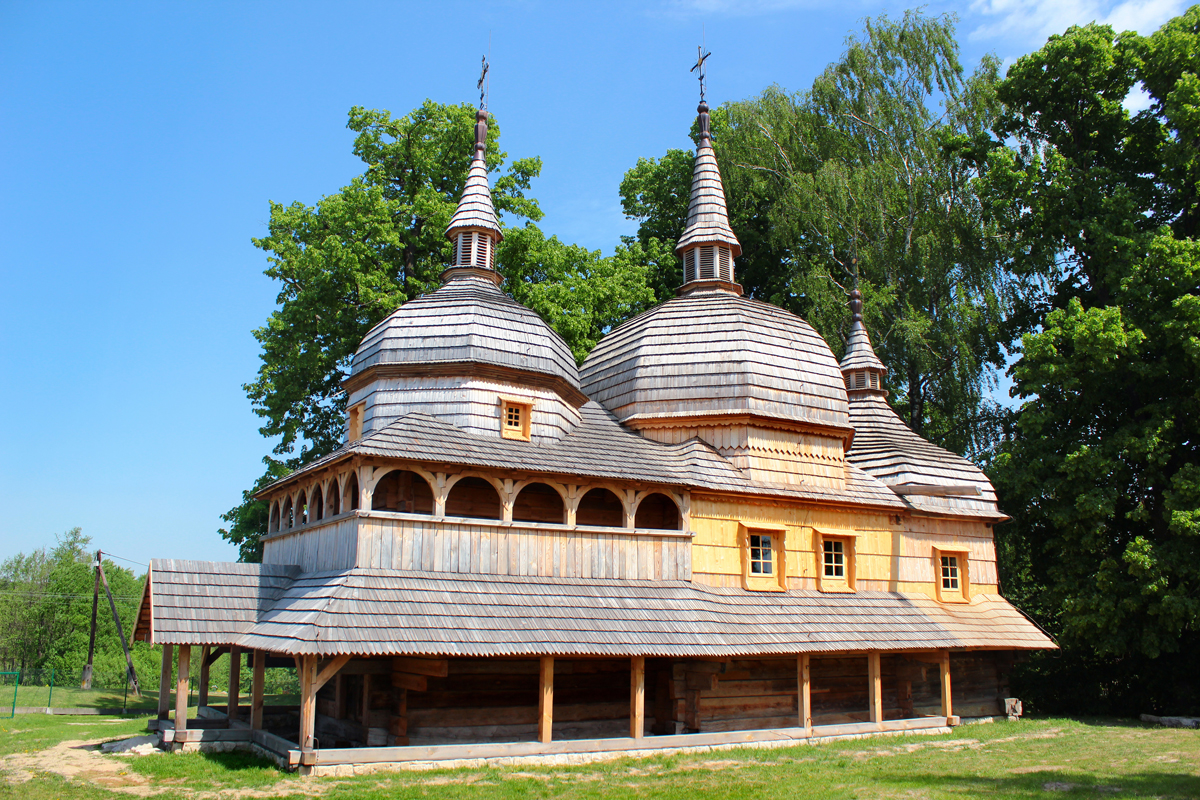
St. Paraskeva Wooden Tserkva with Attached Pavilions, in Nowe Brusno, Eastern Poland.
In Poland, a shade shelter of any kind is referred to as a bower. A wooden bower is a pleasant place of shade, a sanctuary of wood, climbing plants or trees. Anything classed as an alcove, arbor, belvedere, conservatory, gazebo, grotto, kiosk, leafy shelter, pavilion, pergola, recess, summer house or sanctuary is a bower.
Futuristic Pavilion
Pergolas and pavilions can be multi-purposed as a nomad sanctuary shelter designed by architects Dina Haddadin and Rasem Kamal. Their concept for a steel pipe pavilion covered with goat hair is to not only provide a shaded resting place, and protection from the elements to travelers but could provide and store vital drinking water.
Portugal Pergola & Pavilion
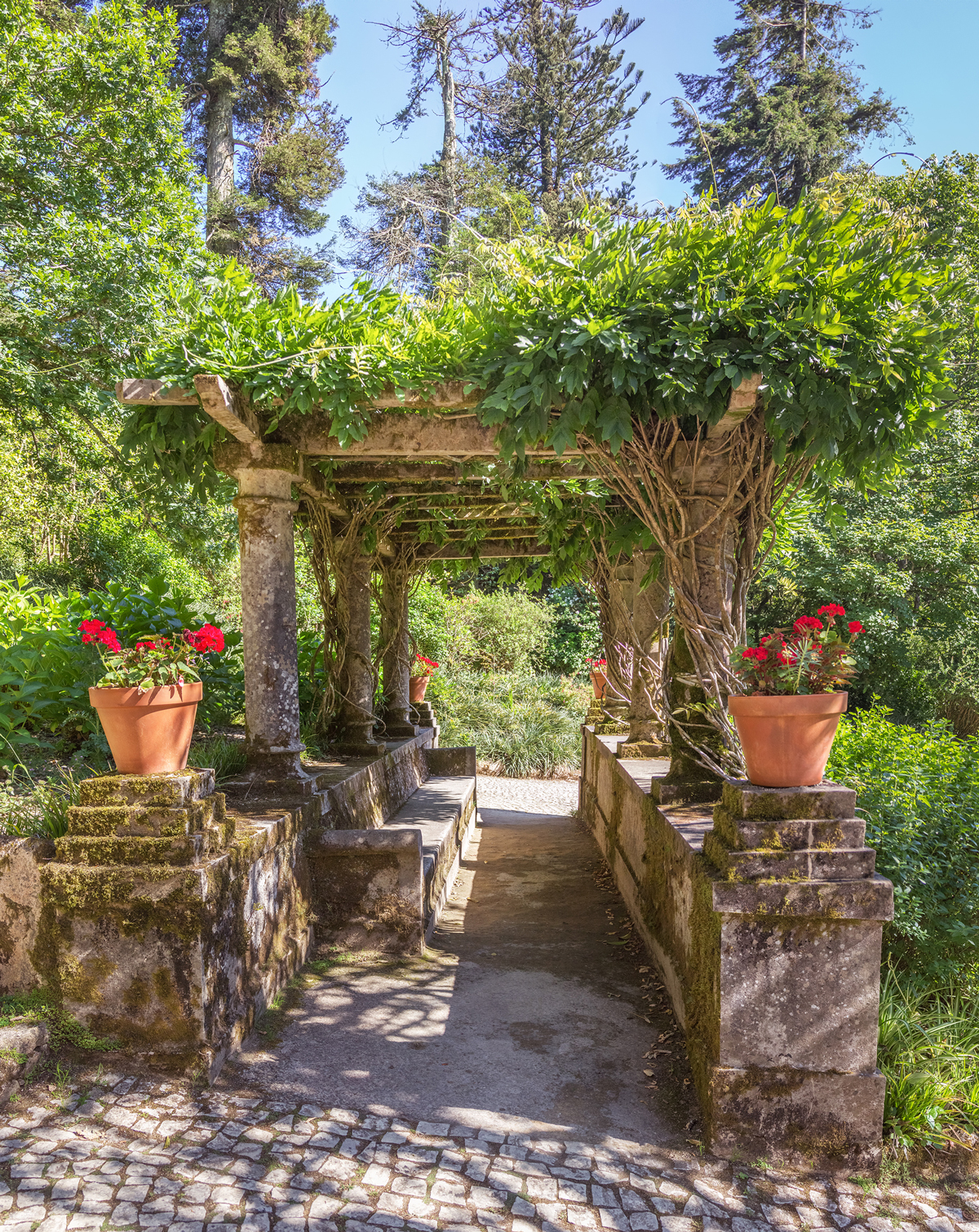
Pergola in Pena Park, Sintra, Portugal
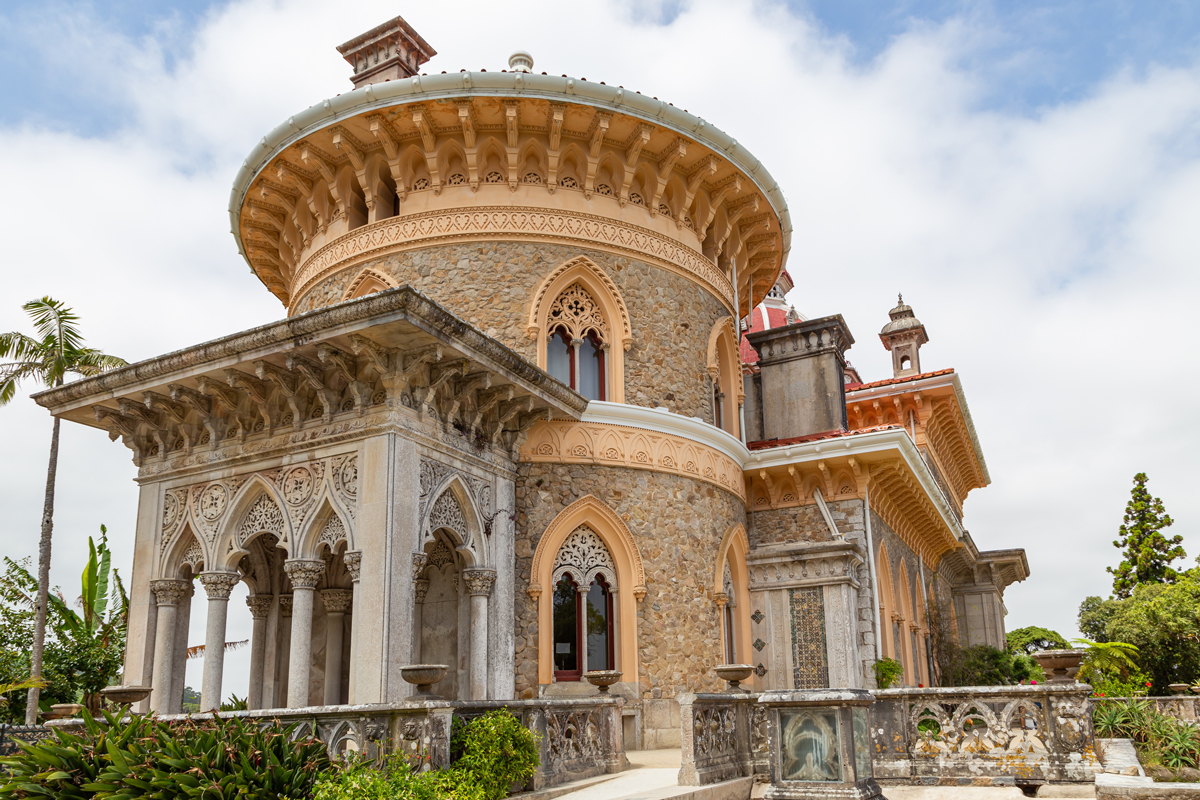
Palace Monserrat Sintra Portugal Attached Pavilion
Portugal has numerous pergolas and pavilions. The Palace Monserrat in Sintra is an exquisite architecture featuring an attached pavilion with pergolas in the surrounding gardens. Legends say there once was a chapel dedicated to the Virgin Mary in 1093 that was also built upon the ruins of an even older chapel dedicated to Our Lady of Monserrate. In the 17th century, it was a farmhouse but in 1755 an earthquake made the home on the farm unlivable. After passing through a few hands, it was purchased by a foreign traveler who worked with an architect to build the Palace Monserrat in 1863.
The Palace Monserrat is now a magical and unique venue where couples book a romantic palace wedding.
A Shelter for Valuables
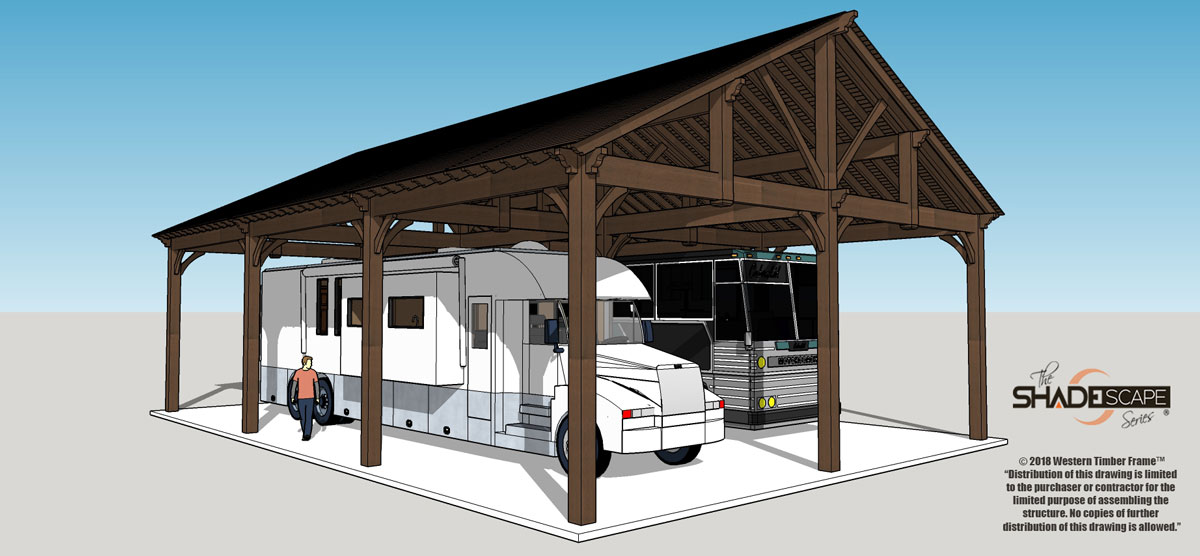
ShadeScape® DIY Pavilion Plan for RV Cover
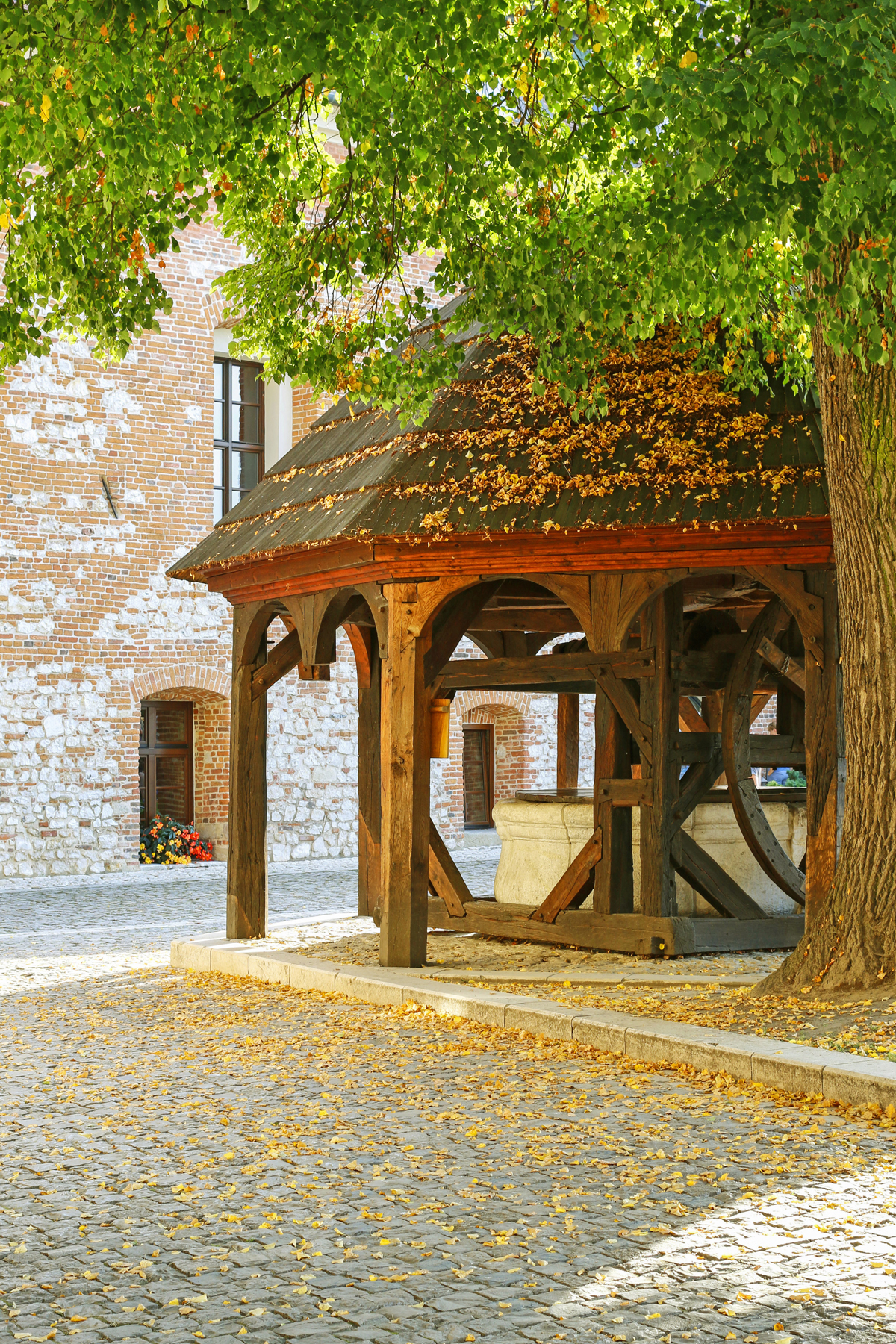
Polish Ancient Wooden Well at Benedictine Abbey Tyniec covered with a Gazebo
Since the beginning of time, people have used shelters, lean to's and covers to protect valuable assests. Pictured below is the a sculpture called the 3 graces and is covered with an ornate pavilion at the Pavlovsky Park in Russia. Covering artworks with gazebos and pavilions is a centuries old practice in many parts of the world.
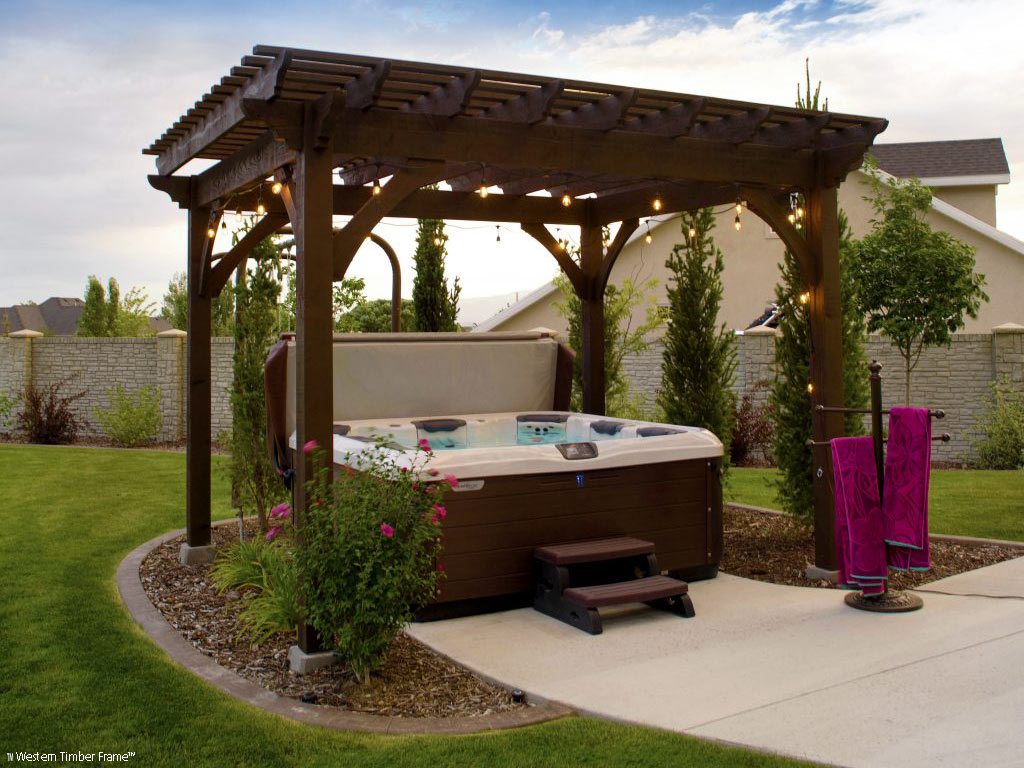
ShadeScape® Pergola Kit Covers Hot Tub
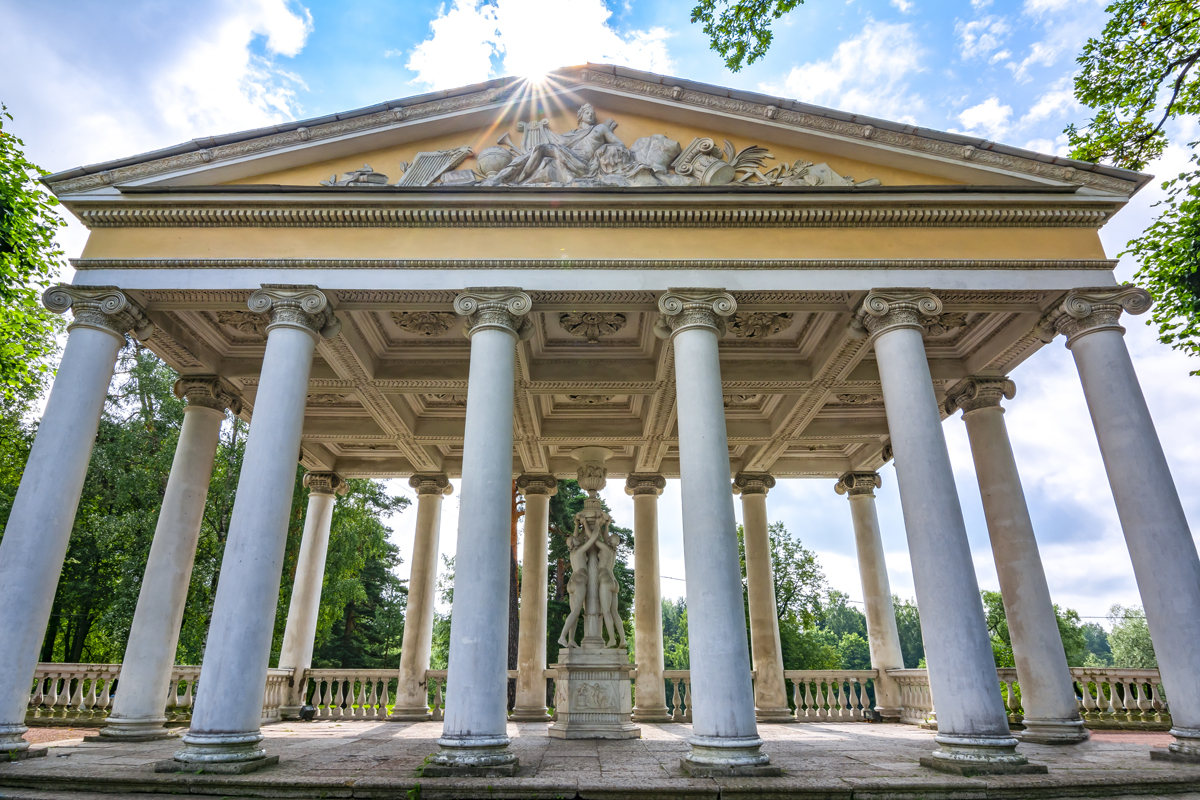
The Three Graces Sculpture under Pavilion at Pavlovsky Park in Russia
Porcelain Pavilions
An attached and a free-standing pavilion are finished in priceless, antique porcelain. The Porcelain House, also known as The China House, in Tianjin, China is a historic colonial home - now a museum - was re-decorated by its owner, Zhang Lianzhi. Lianzhi and his father collected broken ancient porcelain pieces that people thought were useless.
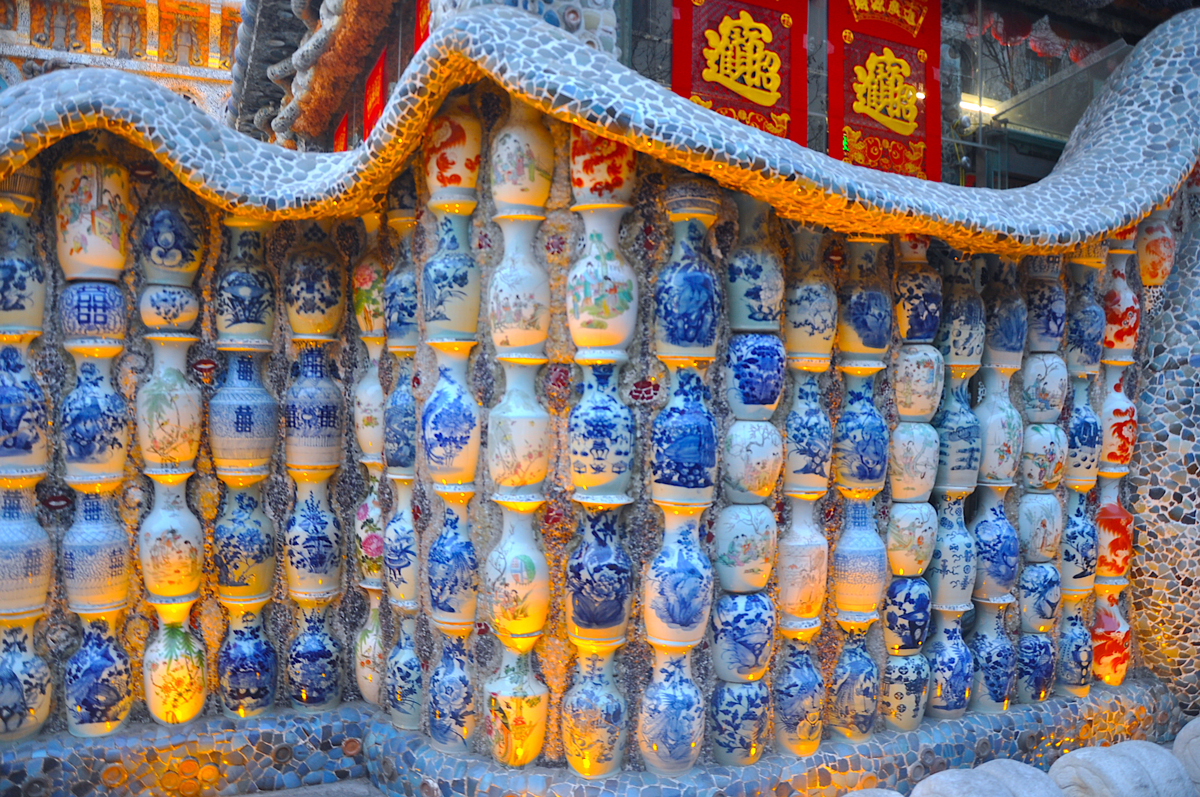
After collecting the piles of porcelain in their yard over several years, Lianzhi decided to use the porcelain as a facade for his home, attached pavilions, and fencing, and turn it into a museum. Today, the value of the museum can not be determined as there are several thousand pieces of porcelain dating back to the Han Dynasty along with jade stone carvings, ancient ceramic Chinese ships, crystals, and agate. It is said to be priceless. This must-see attraction bringing tourists from all over the world.
America's Architect: A Passion for Pavilions
Americas Architect, Thomas Jefferson also designed and created a U-shaped connection of pavilions for the University of Virginia and wrote in a letter that England’s sunless climate was different than the Americas.
Said Jefferson, “under the beaming, constant and almost vertical sun of Virginia, shade is our Elysium,” our abode, our state of ideal happiness, our paradise. In the absence of shade, he continued, “no beauty of the eye can be enjoyed.”
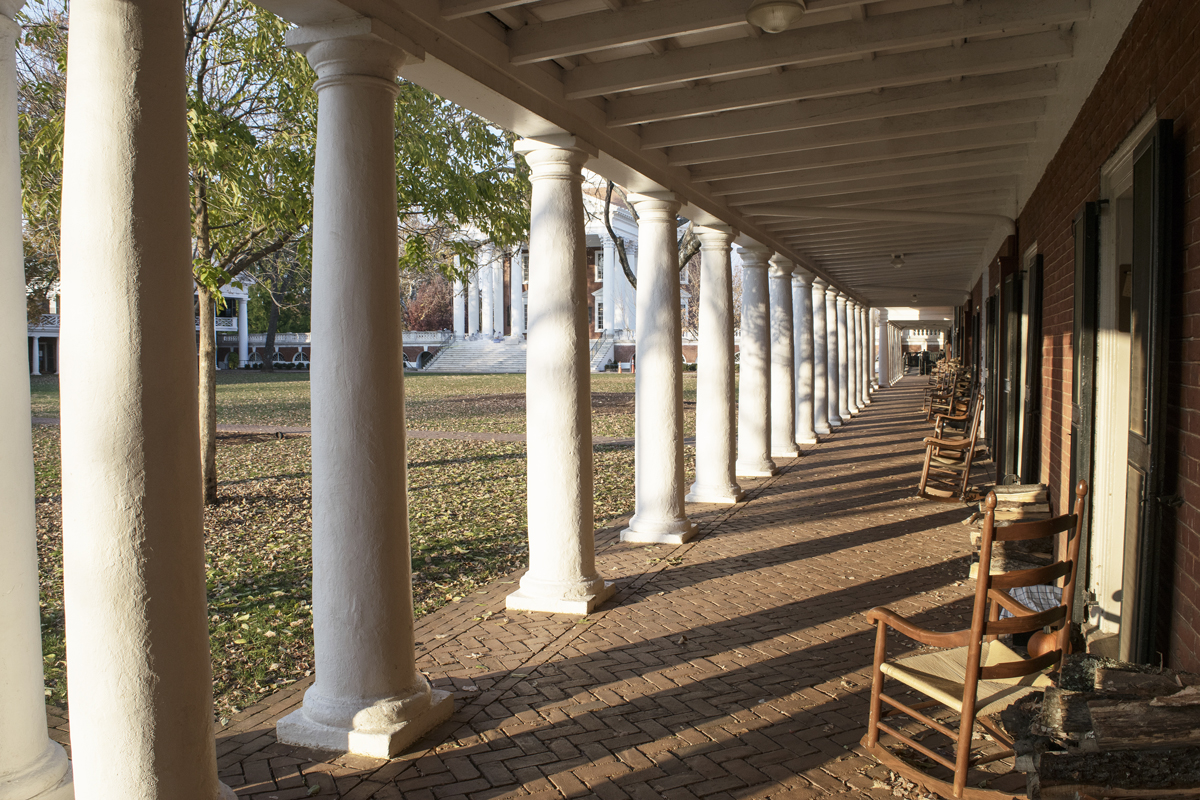
Pavilions designed and built by Thomas Jefferson on Jefferson's lawn.
Architecture was Jefferson's delight, his passion, his love. At the age of 24, Jefferson began drawing up his architectural designs for the house he wanted to build in Monticello; which means “little mountain.”
From his first drawing to completion of Monticello would take more than forty years to realize his dream as Jefferson was called on to serve his country.
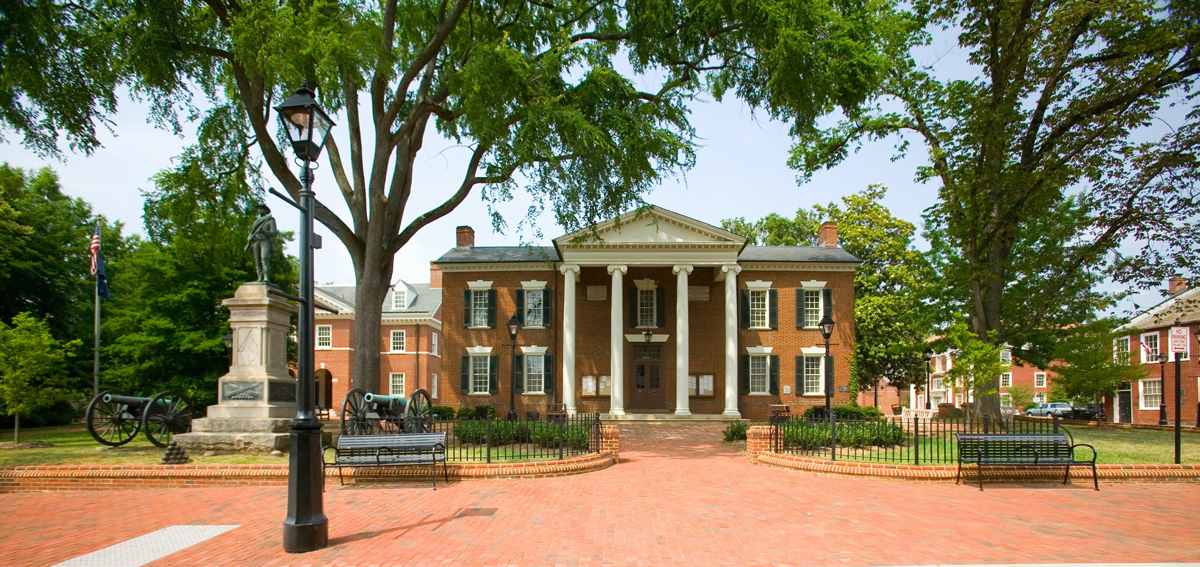
Monticello, home of Thomas Jefferson
Jeffersons original plans for Monticello went on hold in 1784, while Jefferson served as a minister to France for five-years. In France, his plans for Monticello were completely altered. For hours, Jefferson watched the French Hotel de Salm being constructed and wrote that he was "violently smitten with the Hotel de Salm.”
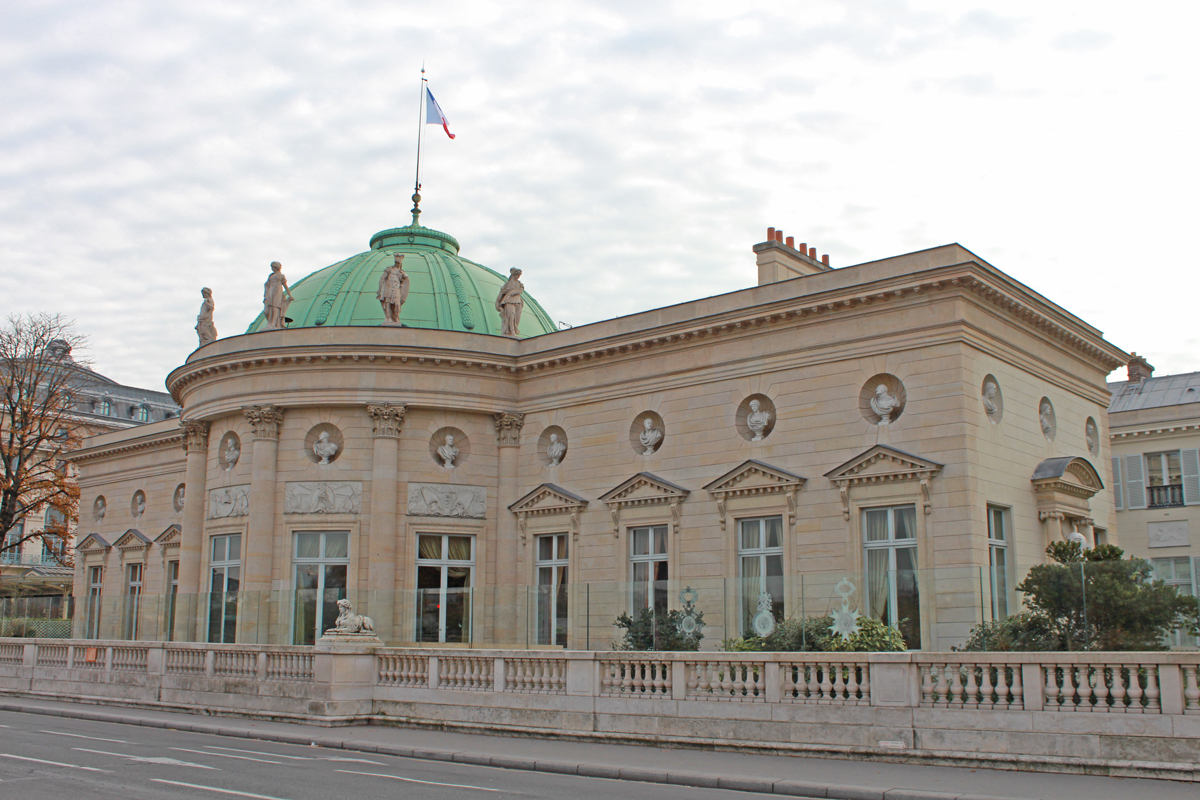
Hotel de Salm in Paris, France
Jefferson was also "smitten" by an ancient Roman temple there.
In 1787, Jefferson wrote to Madame de Tesse, “Here I am gazing whole hours at the Maison quarree, like a lover at his mistress.”
Thomas Jefferson called the University of Virginia's Rotunda "the hobby of my old age."
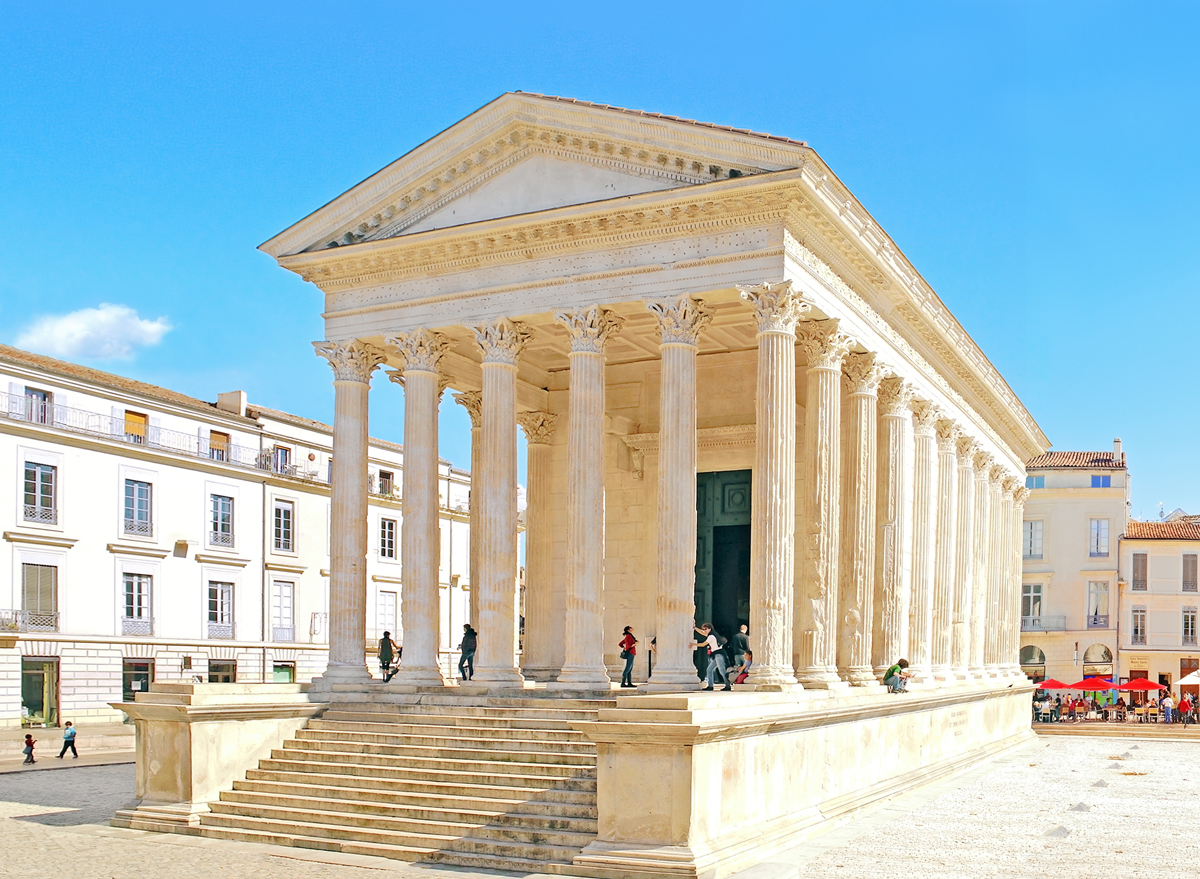
The Maison Carree, an ancient Roman Temple admired by Thomas Jefferson while serving in France.
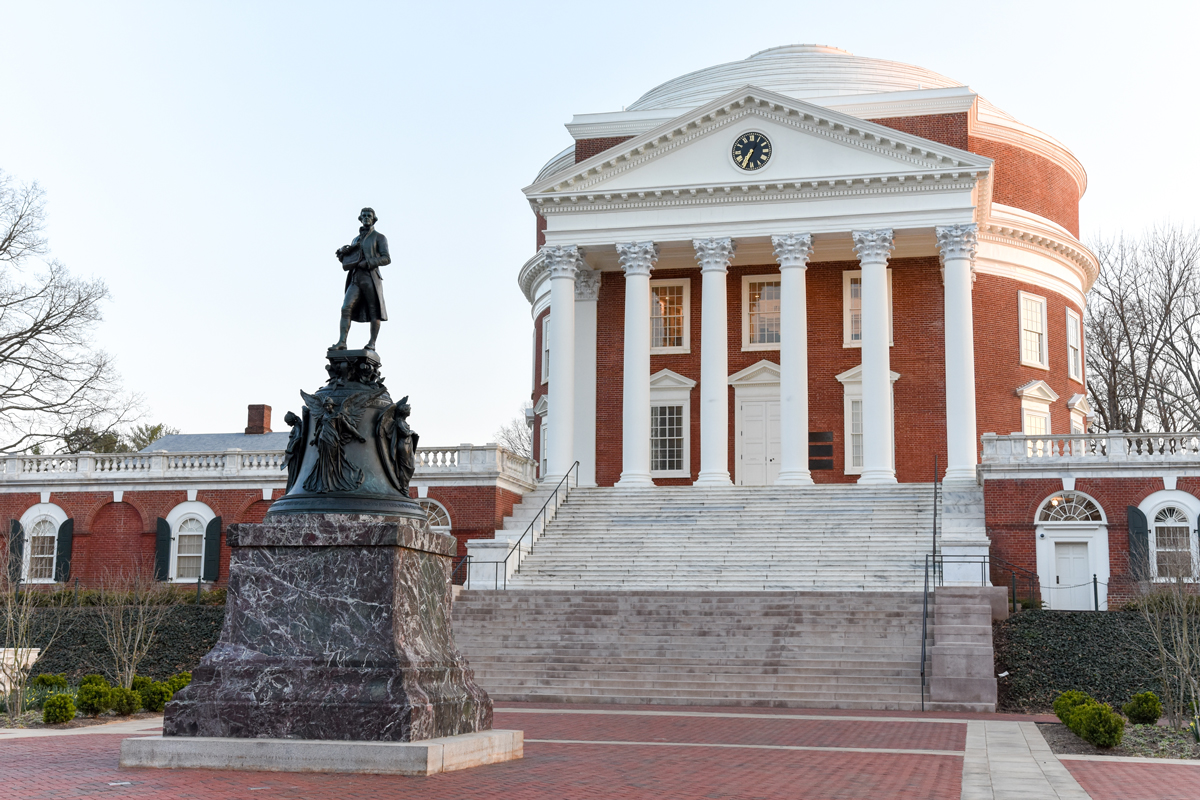
University of Virginia's Rotunda designed and built by Thomas Jefferson featuring an attached pavilion styled after the ancient Roman temple.
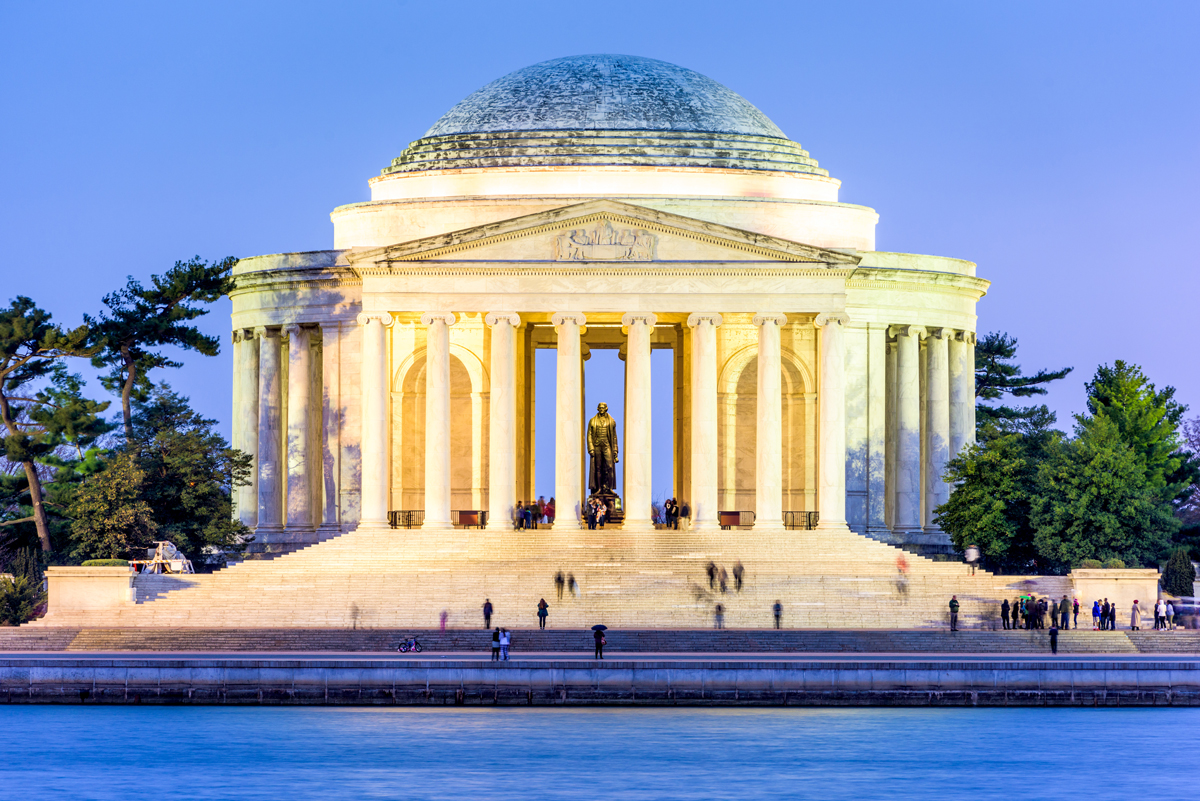
It is fitting that today, a statue of President Thomas Jefferson stands as a memorial in an elaborate domed pavilion.
ShadeScape® Gazebos, Pavilions & Pergolas
Western Timber Frame™ shares Thomas Jefferson's depth of love and passion for beautiful architecture. The company was first founded because Hyrum loved the idea of building the way our ancestors did - wood-to-wood connections - without the use of unsightly hardware, nails or glue. Like Jefferson, he said he dreamed of pergolas in his sleep.
Each ShadeScape® shelter is engineered using timeless-old-world architectural principles, that will last for generations.
At Western, we also have a deep respect and interest in the history and culture surrounding arbors, cabanas, pergolas, pavilions, gazebos, trellises, and anything providing comfort for enjoying nature, and living in the outdoors.

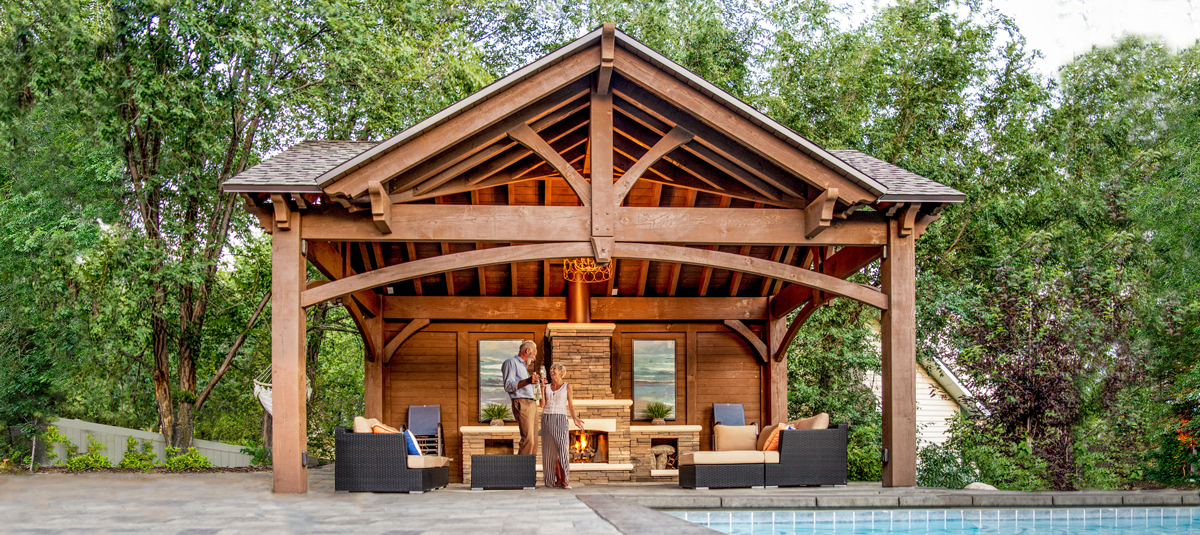
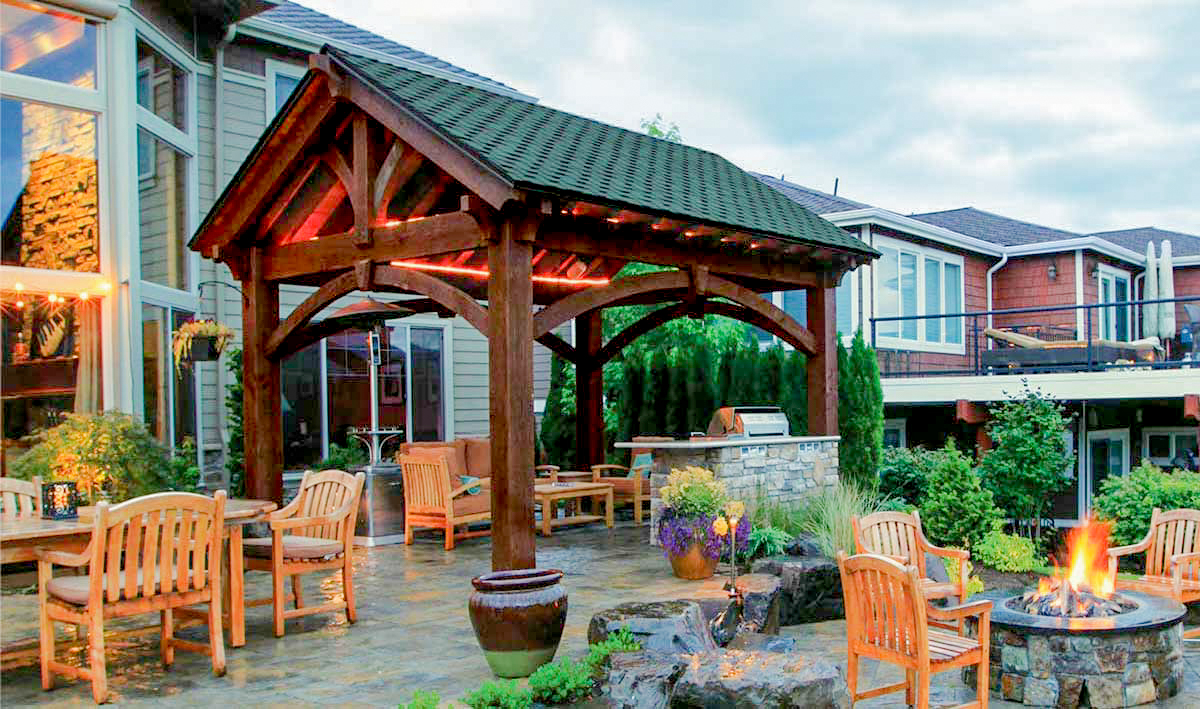
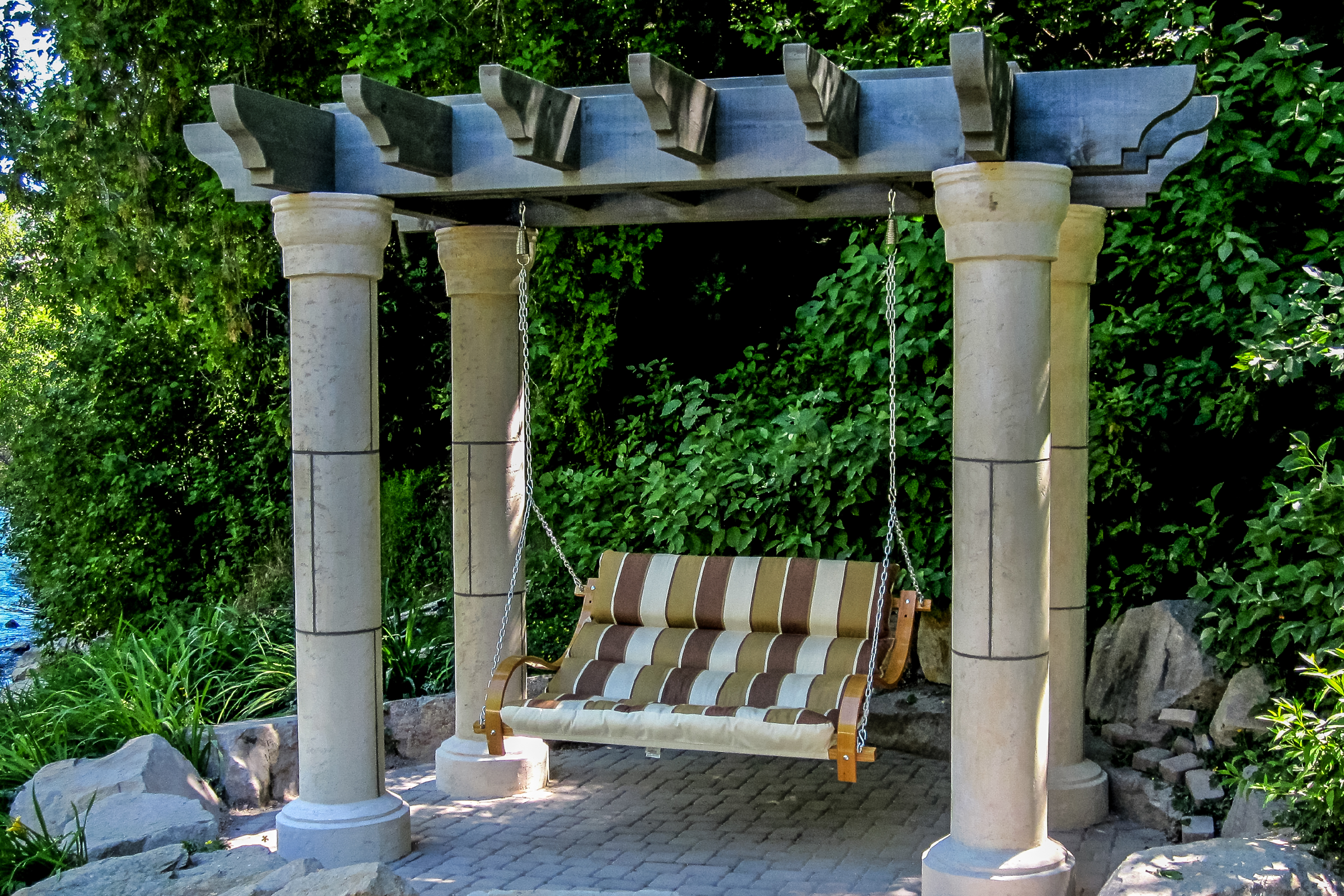
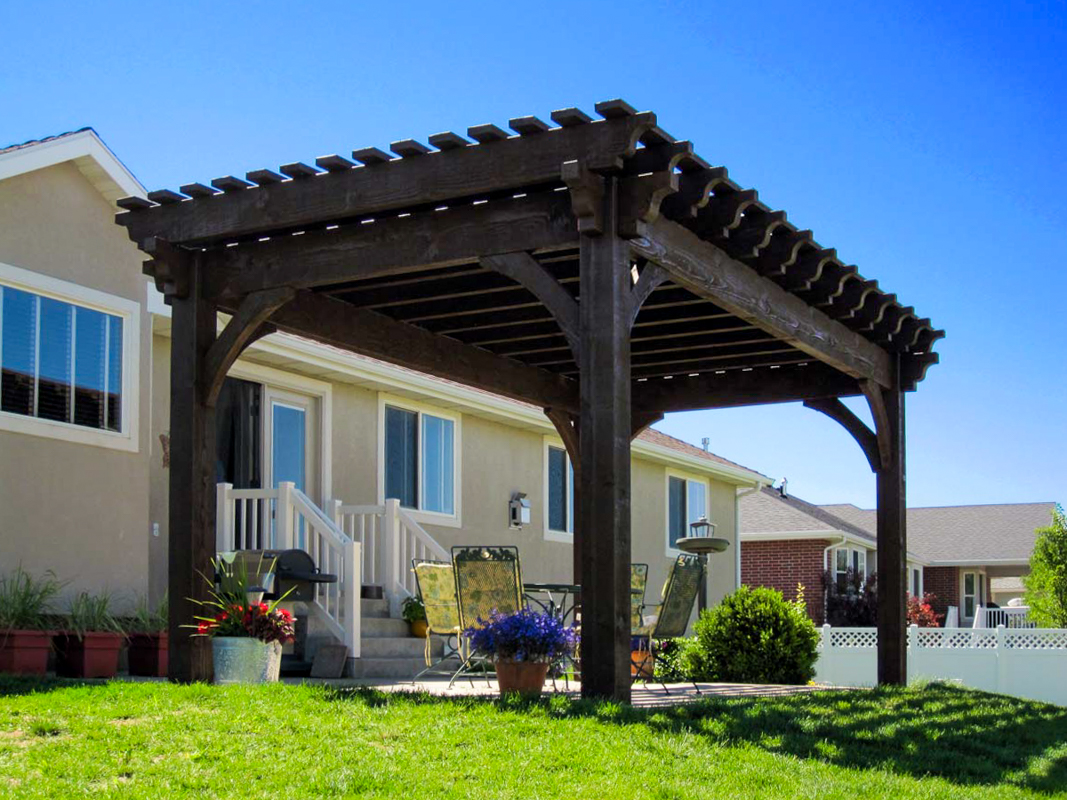
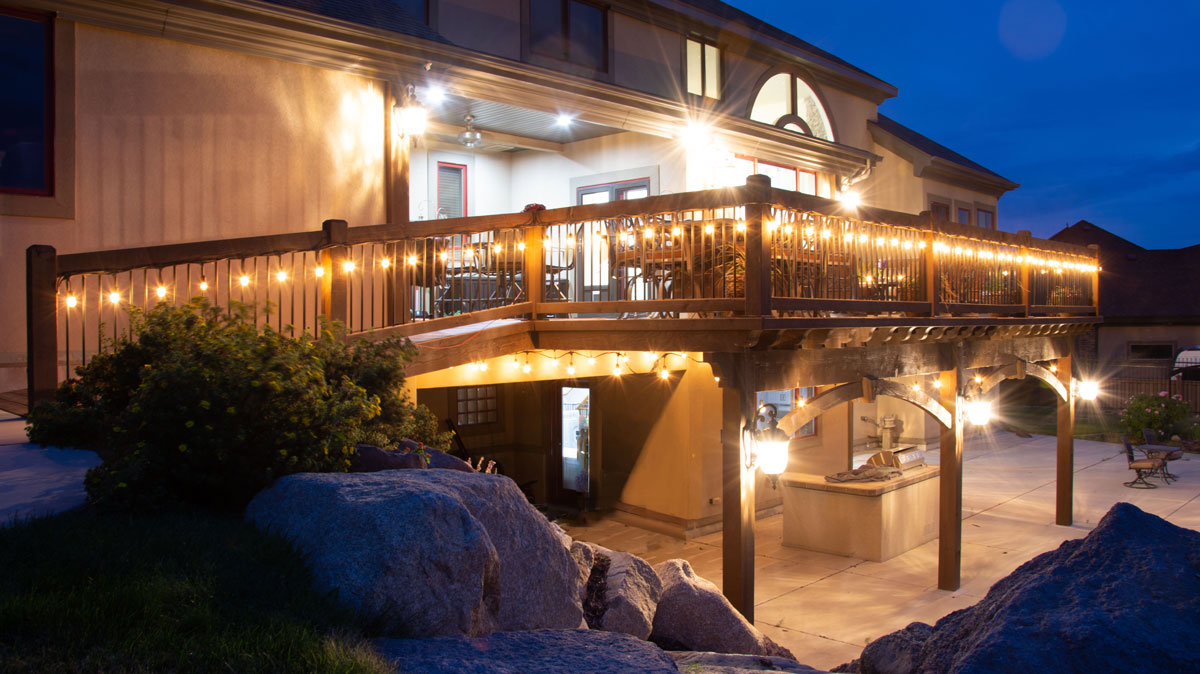
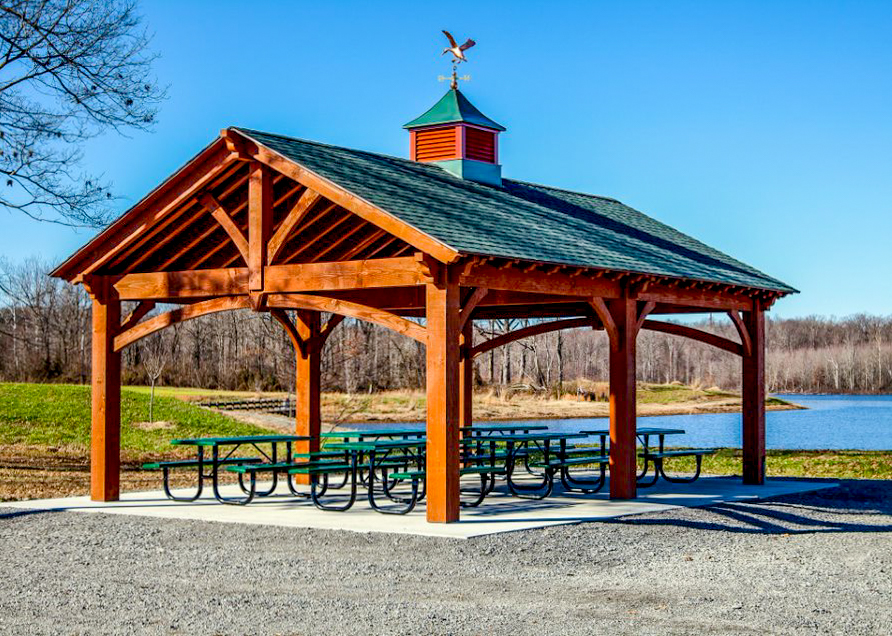
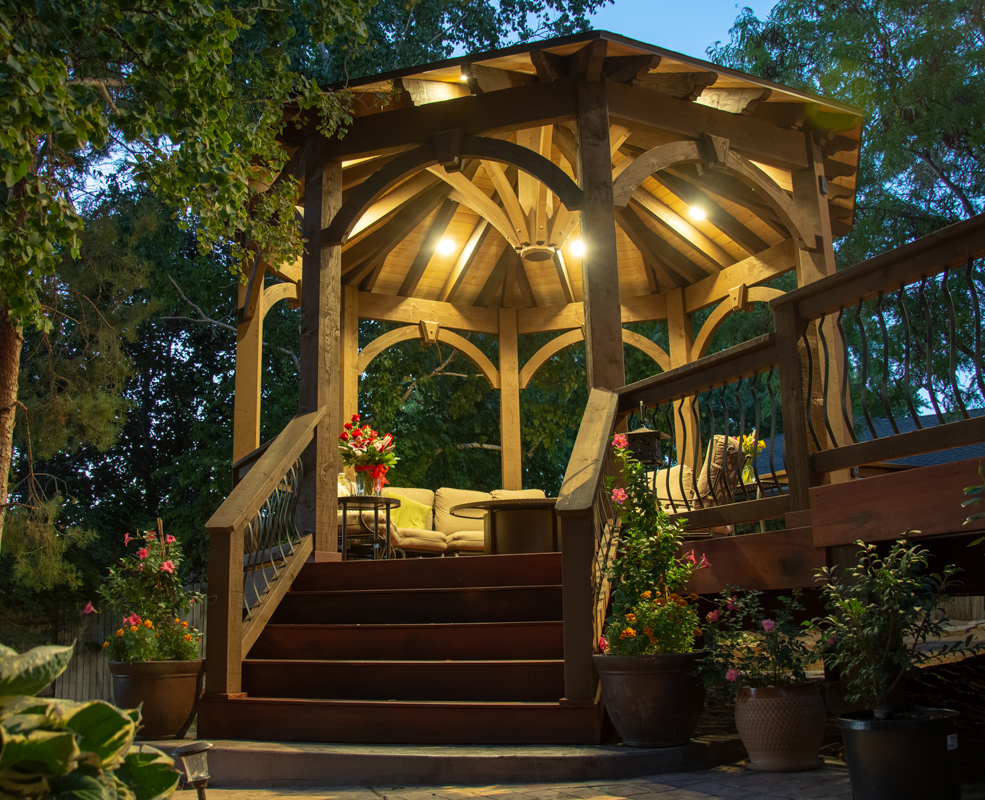
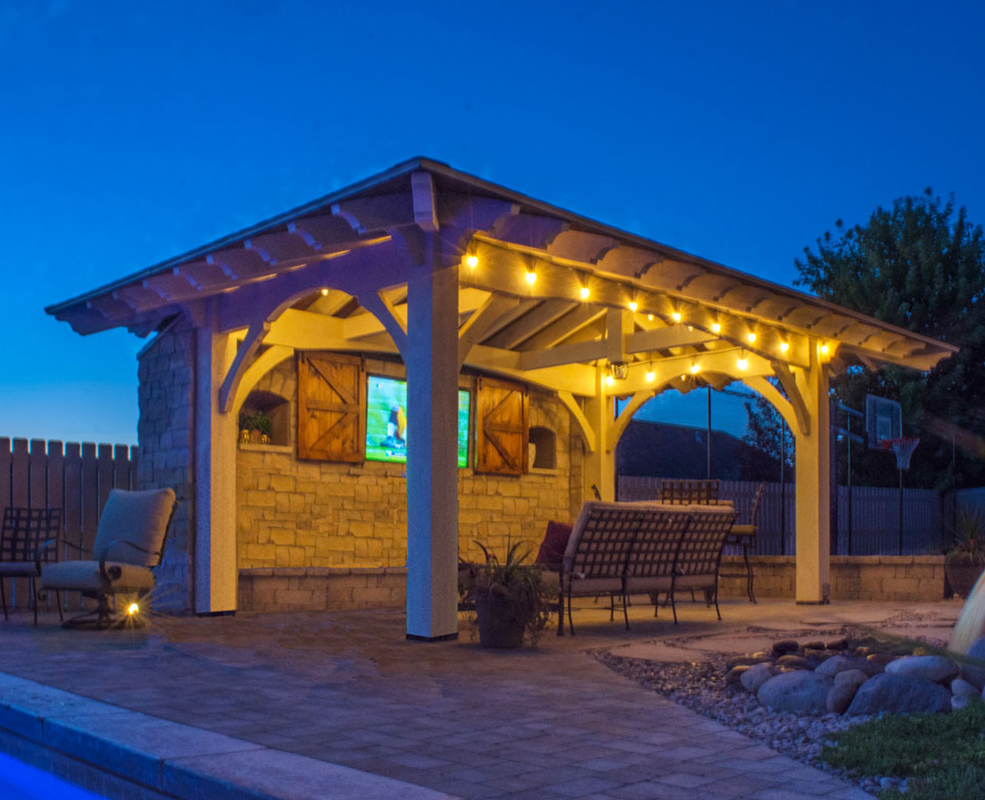
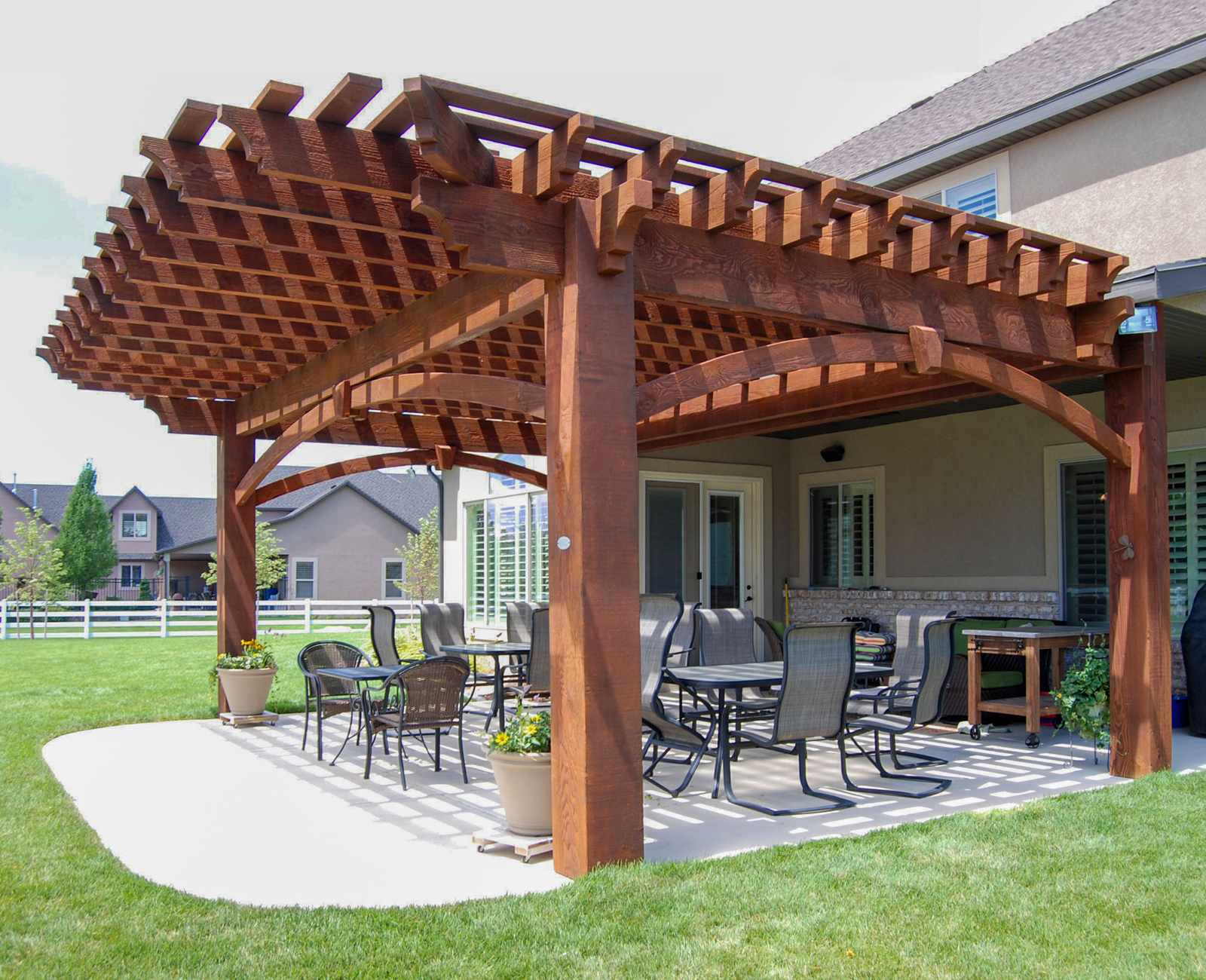
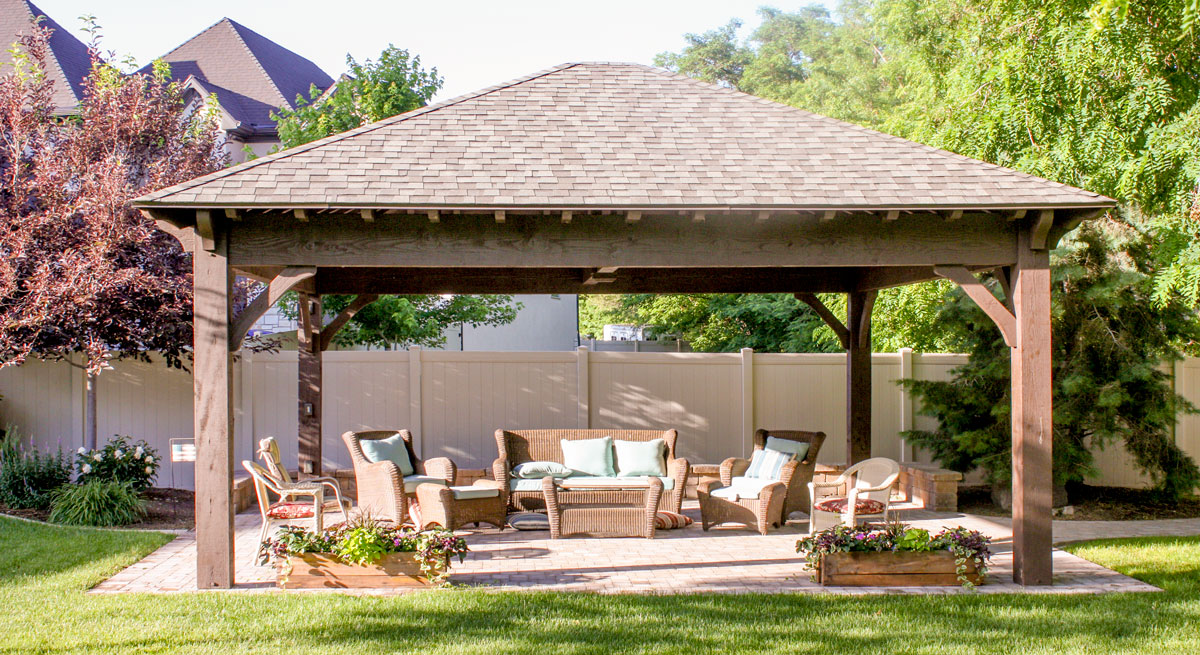
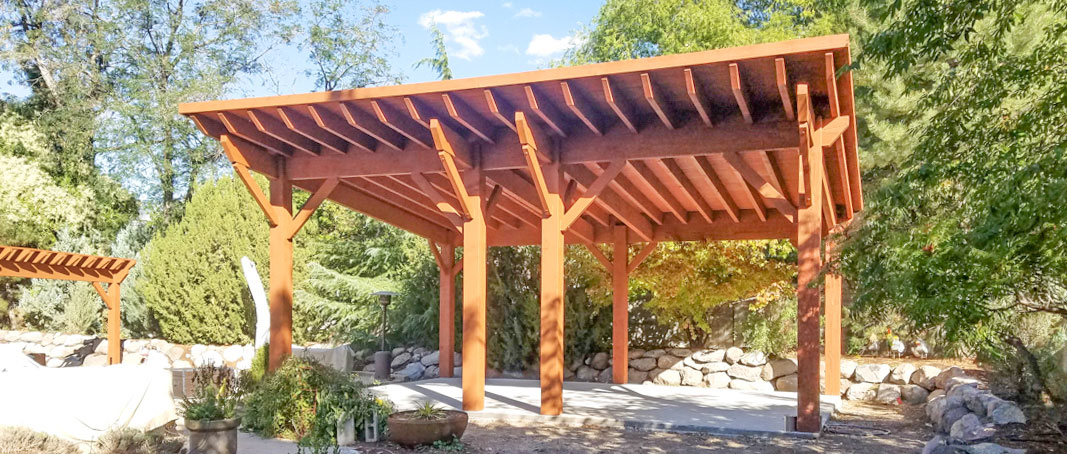
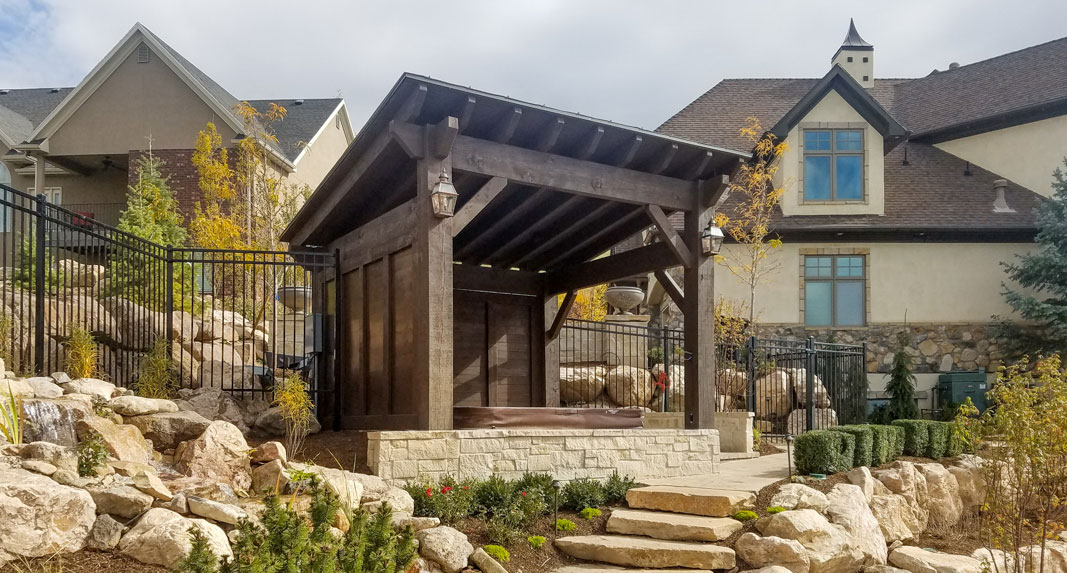
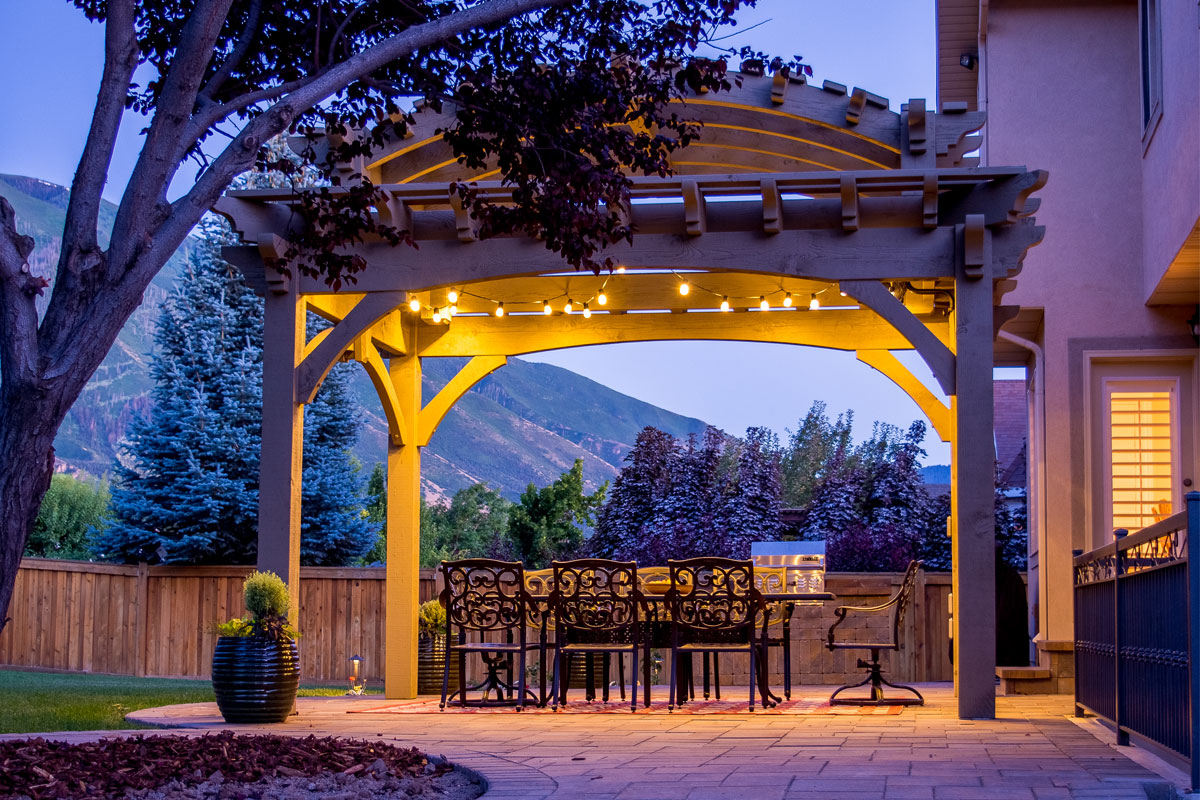
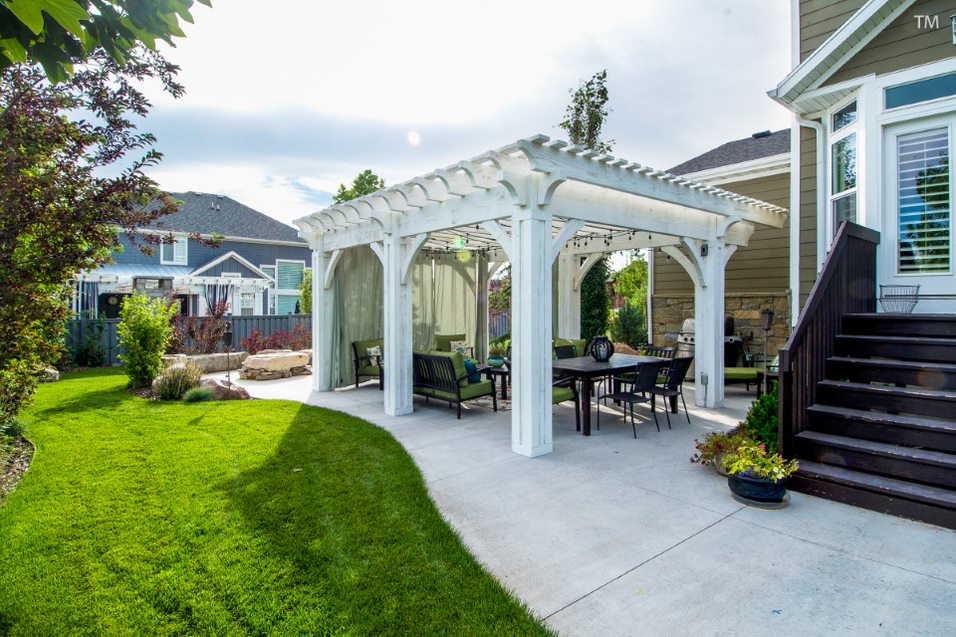
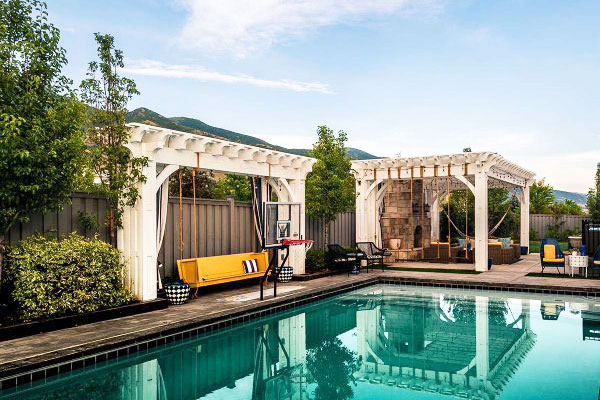
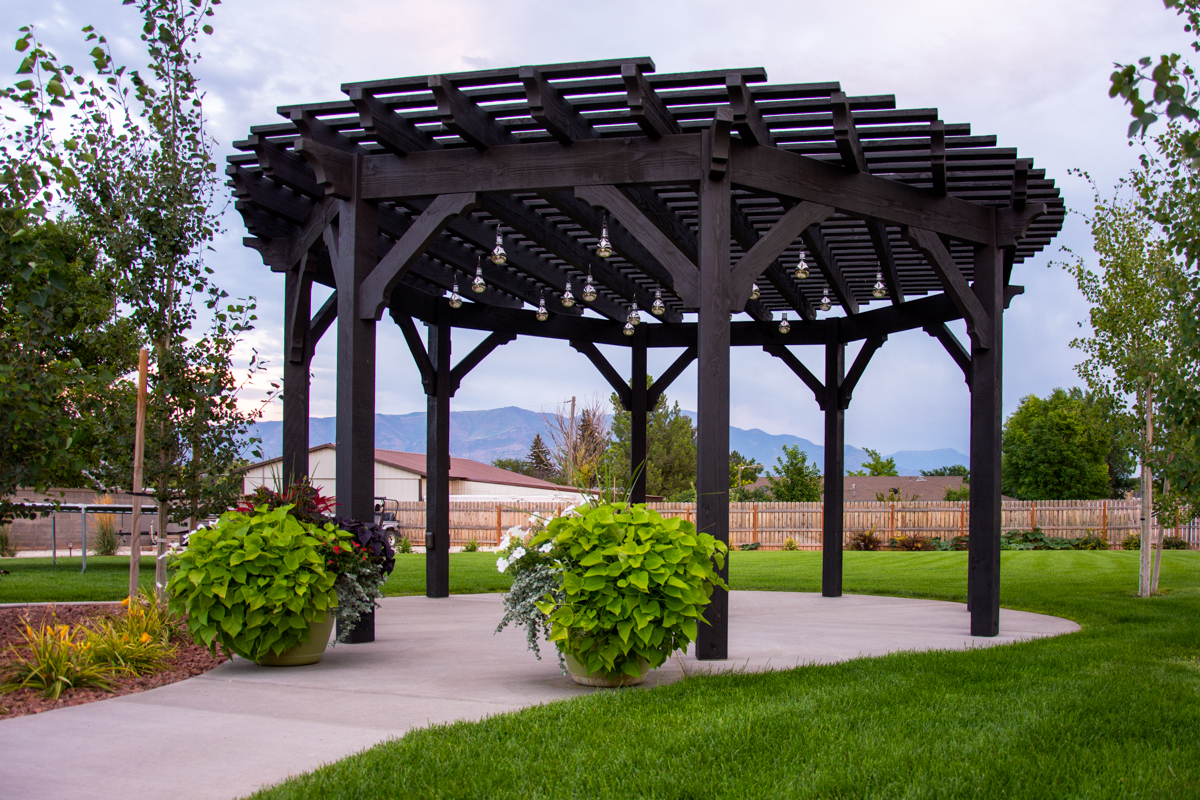
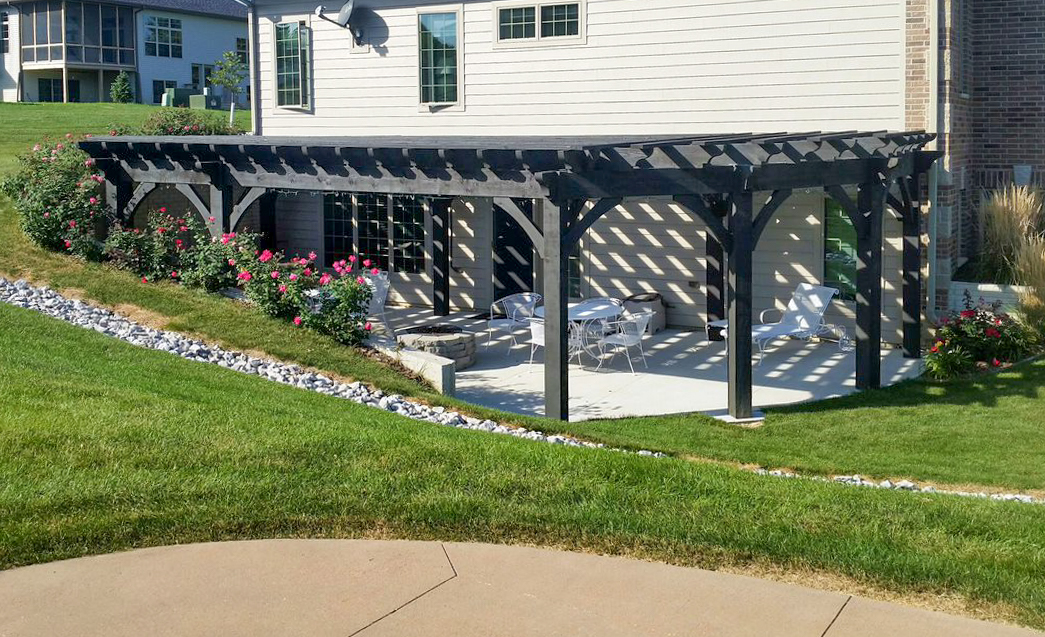
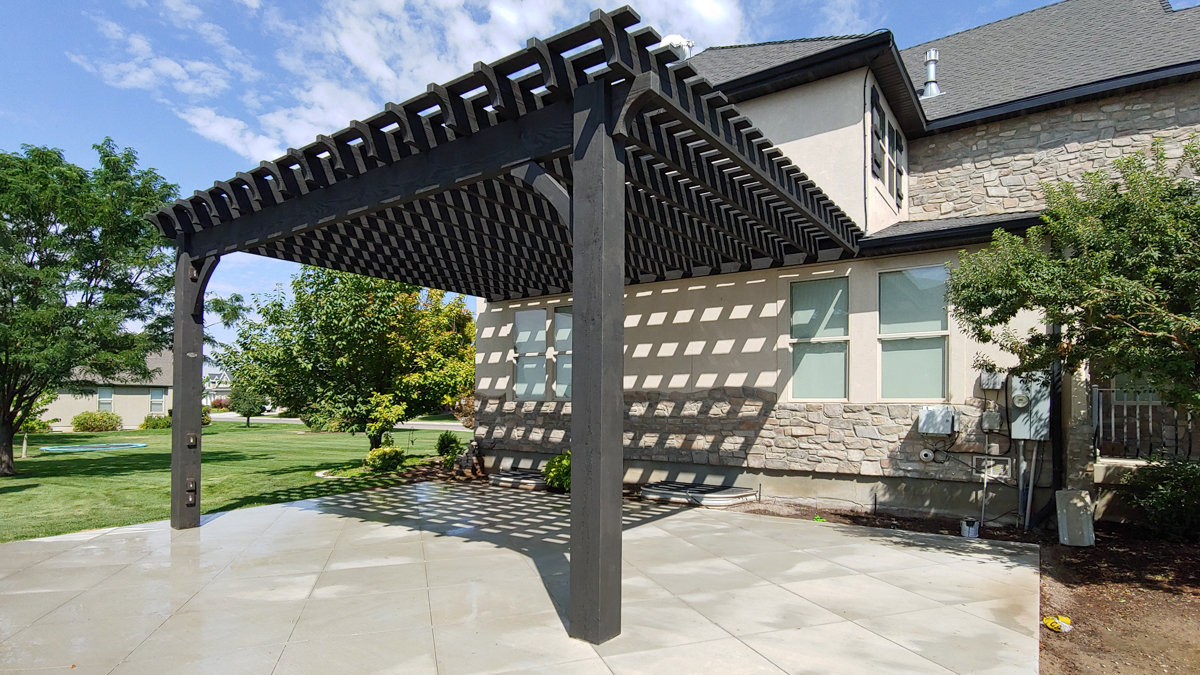
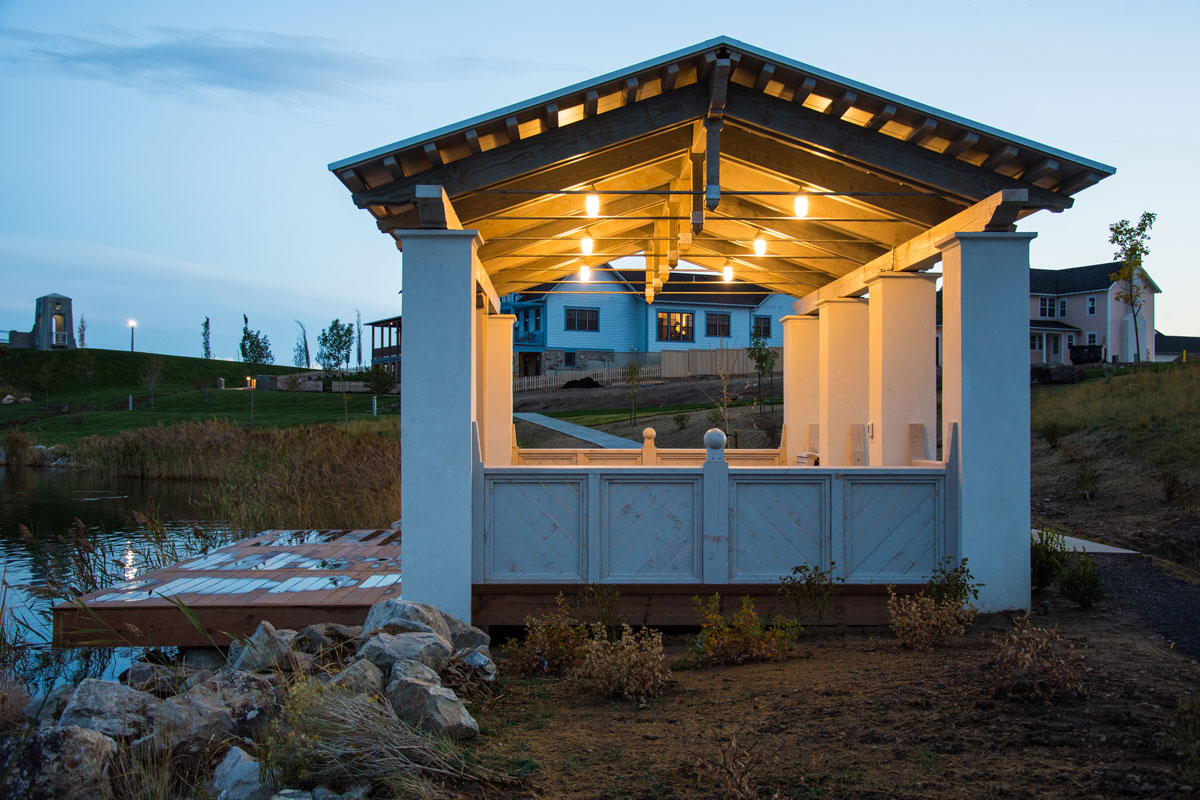
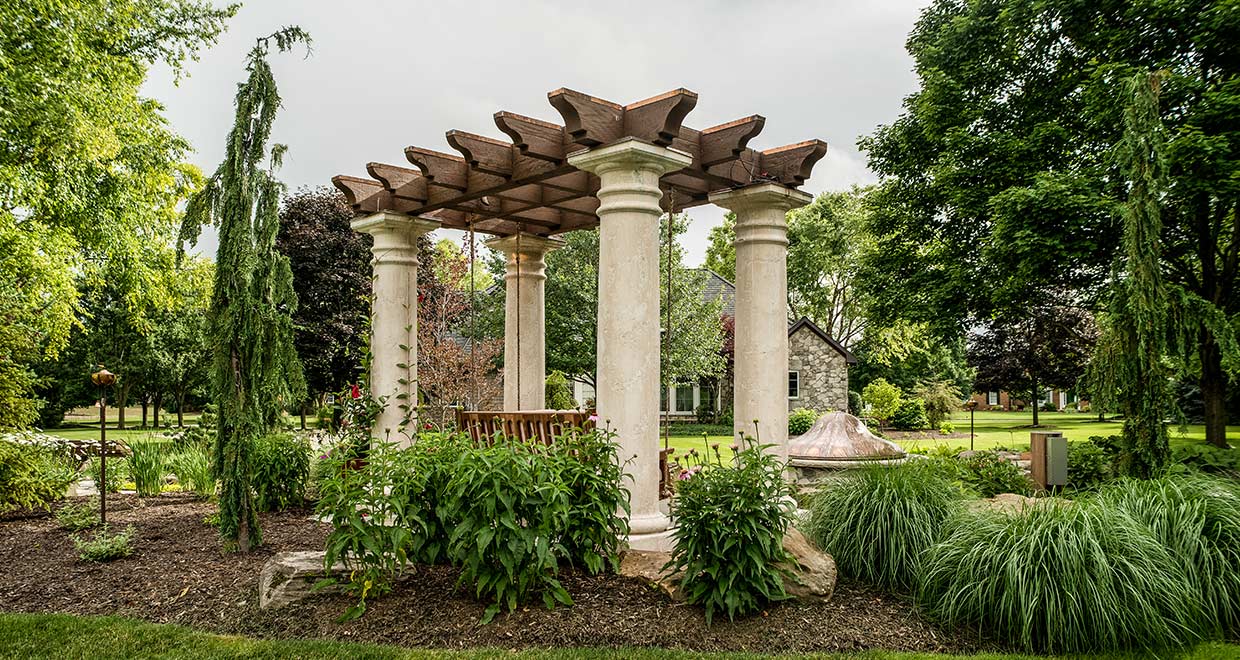


Leave a Comment